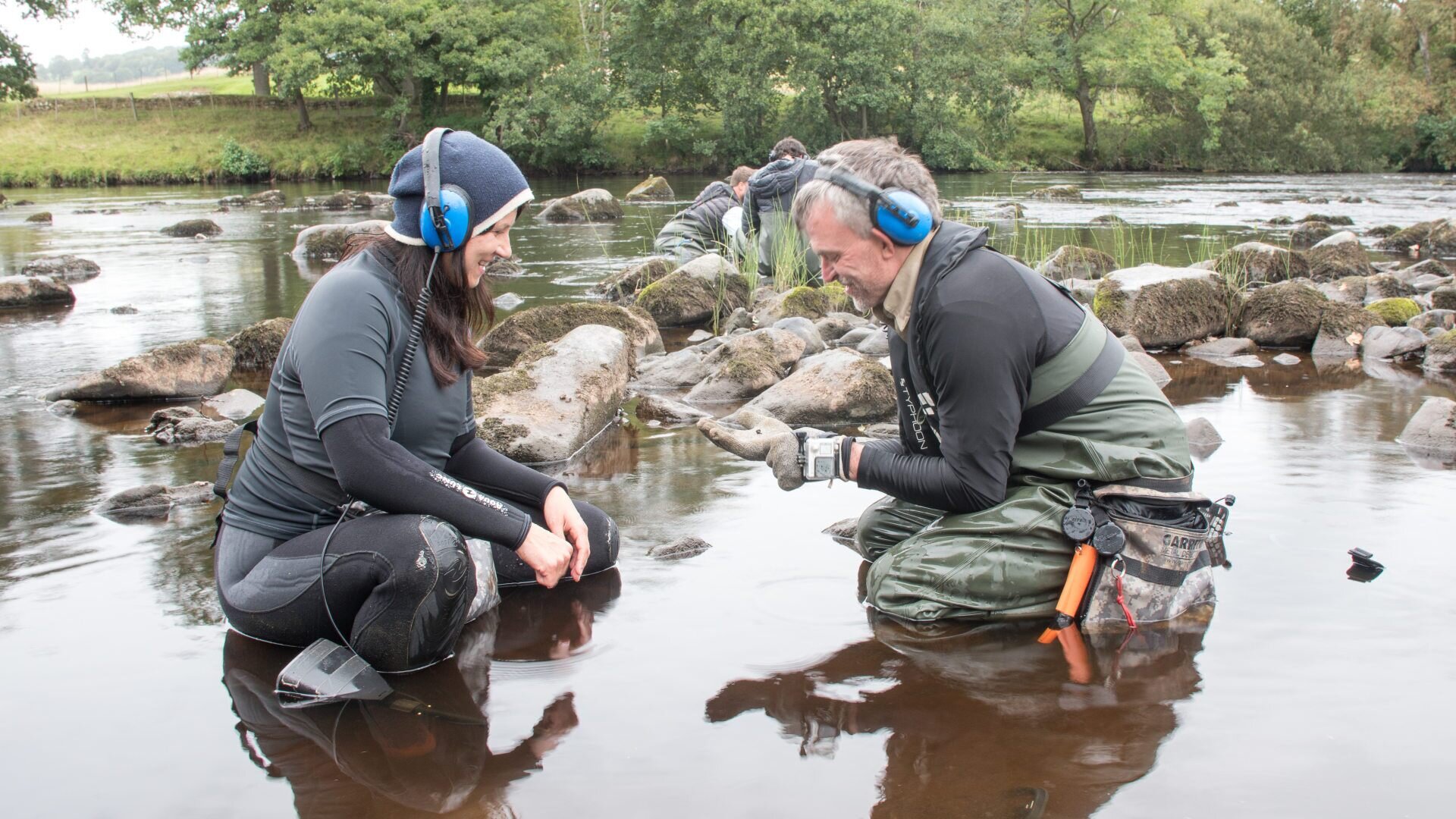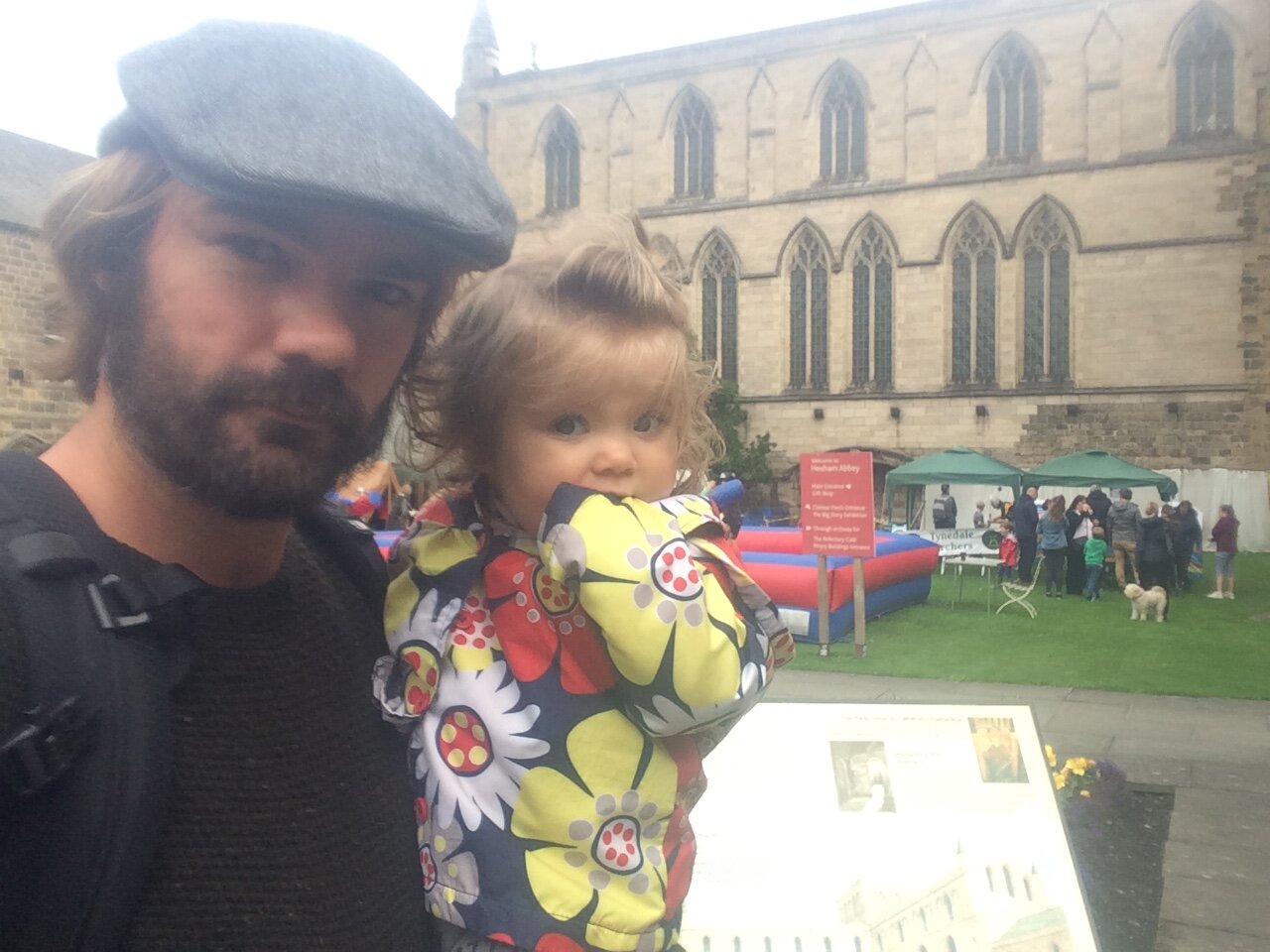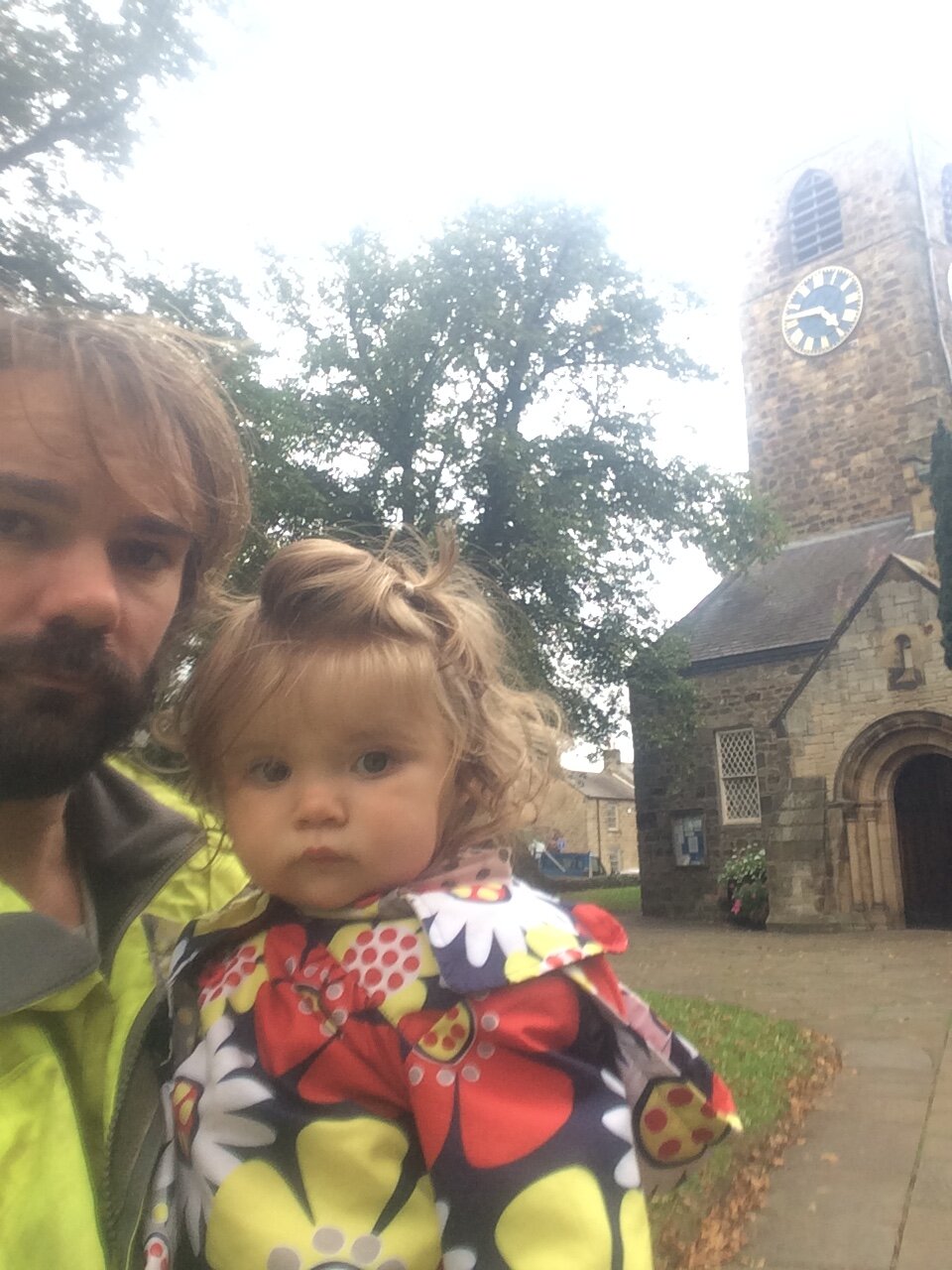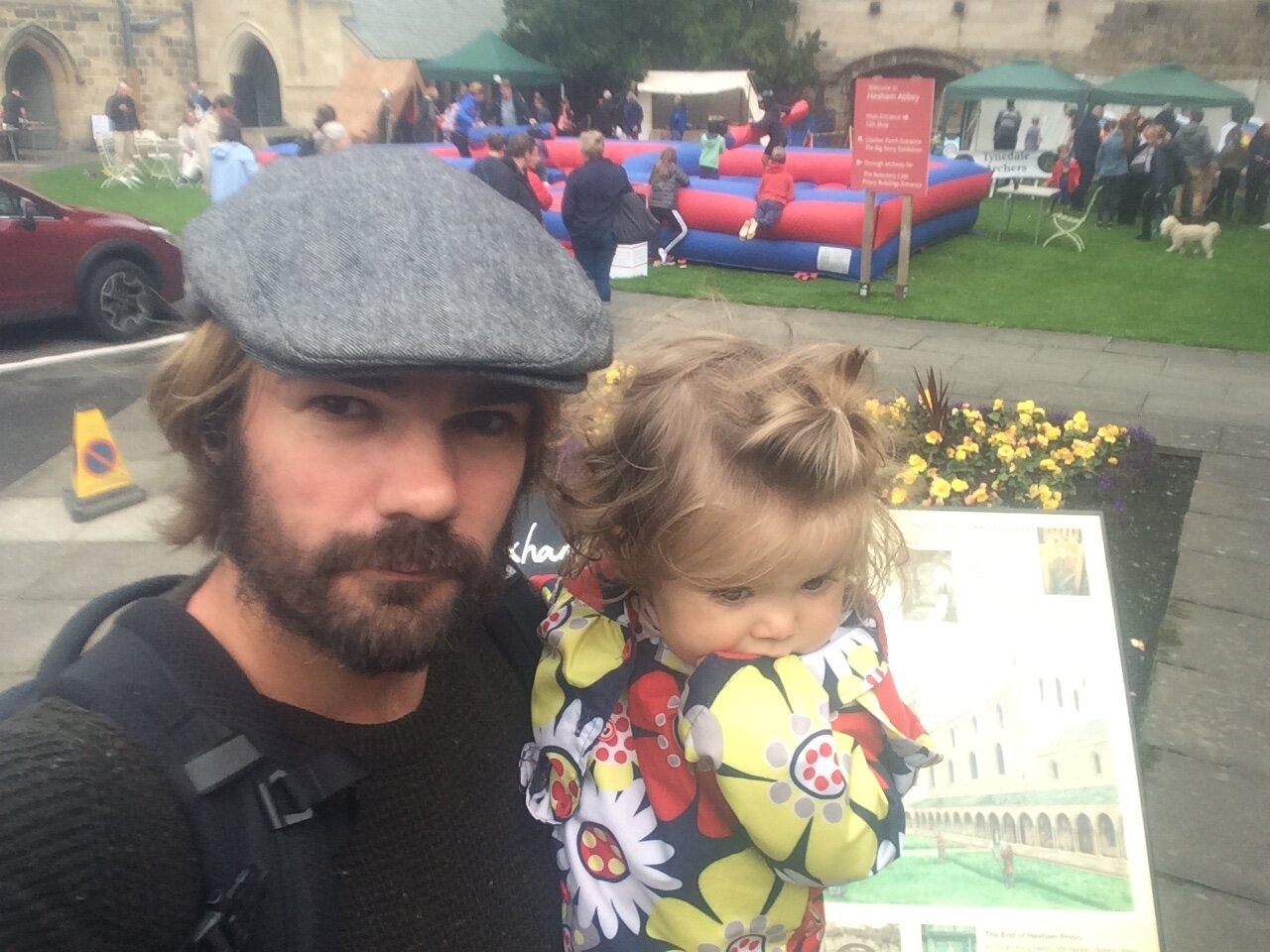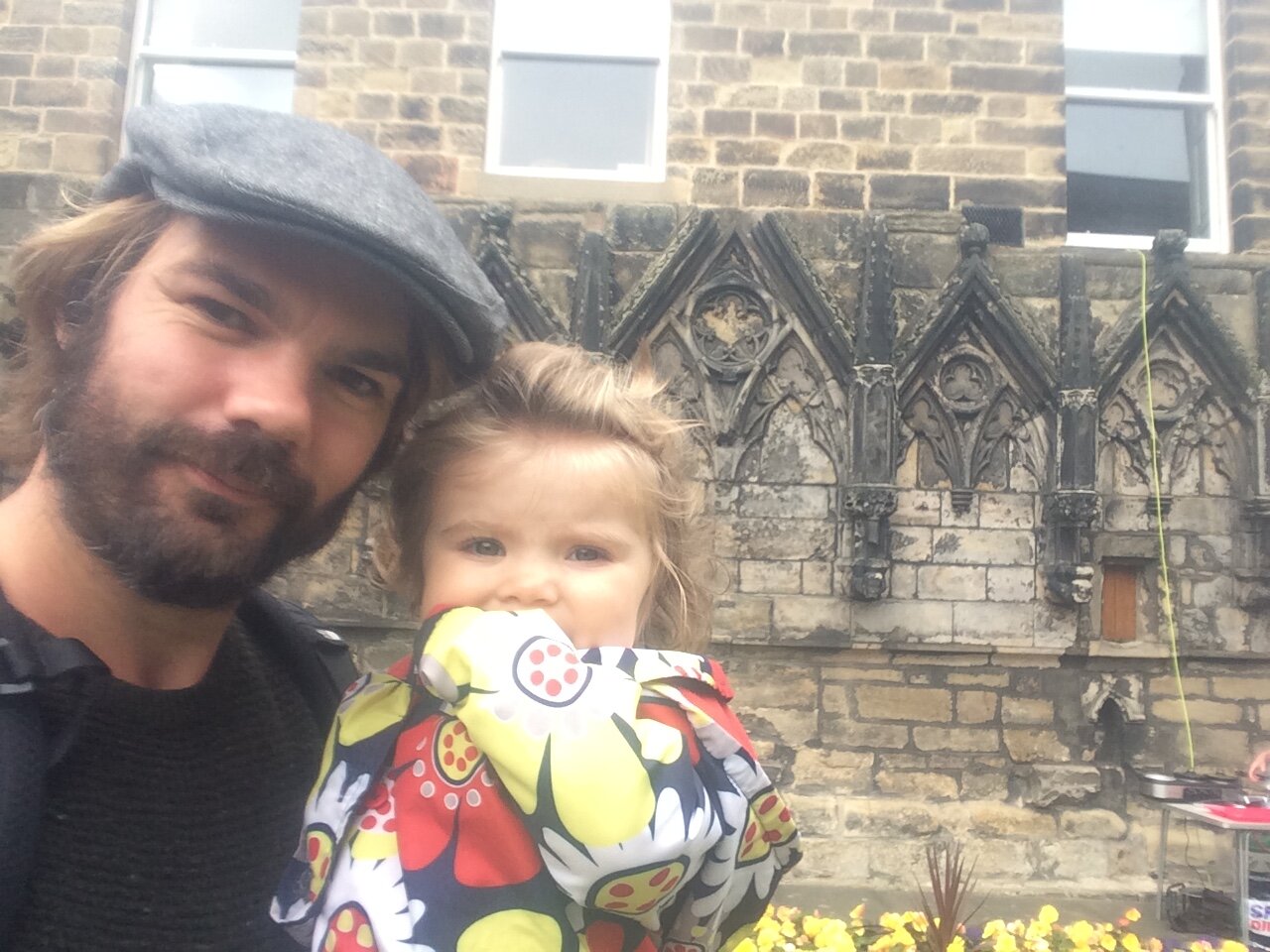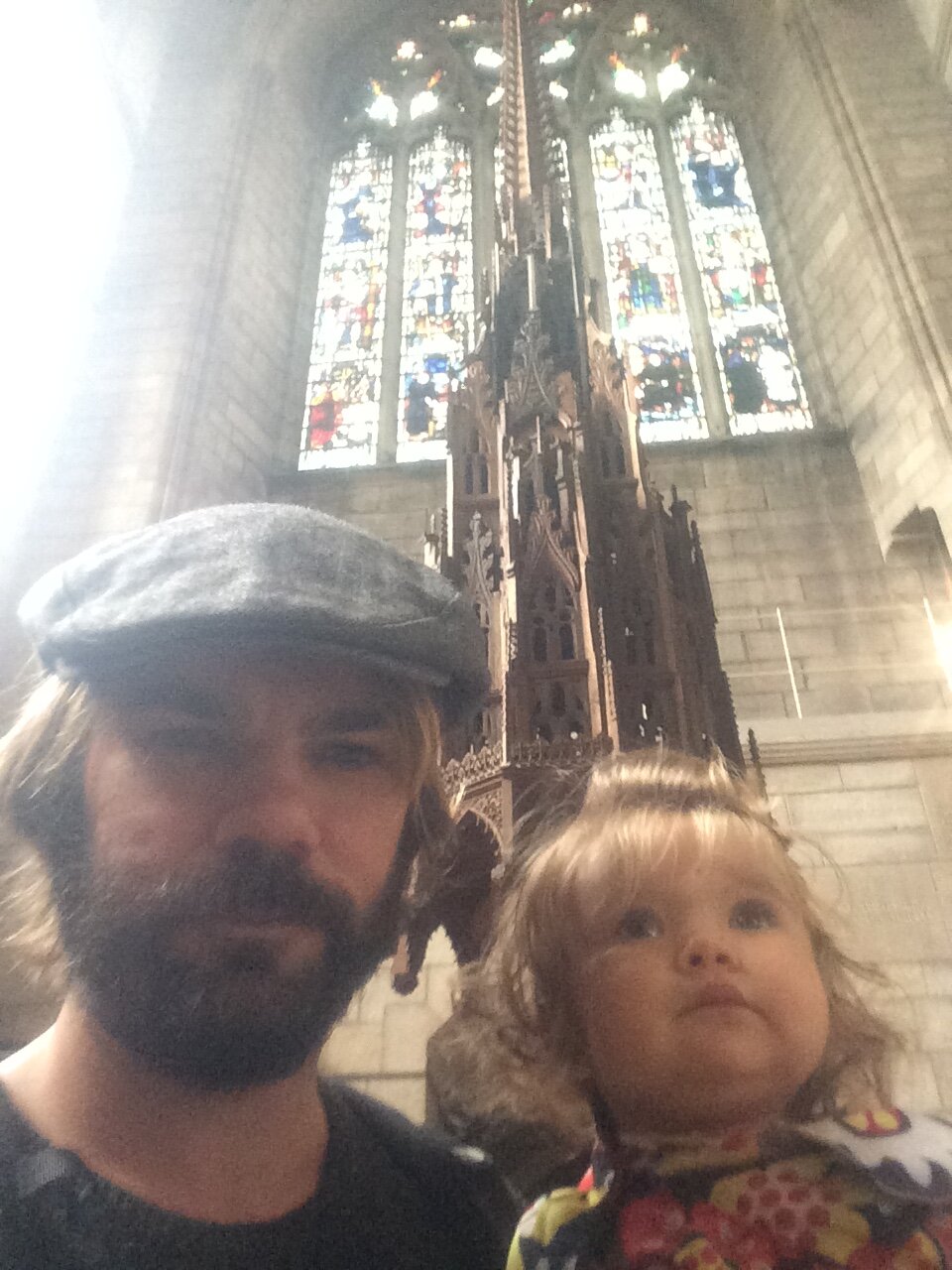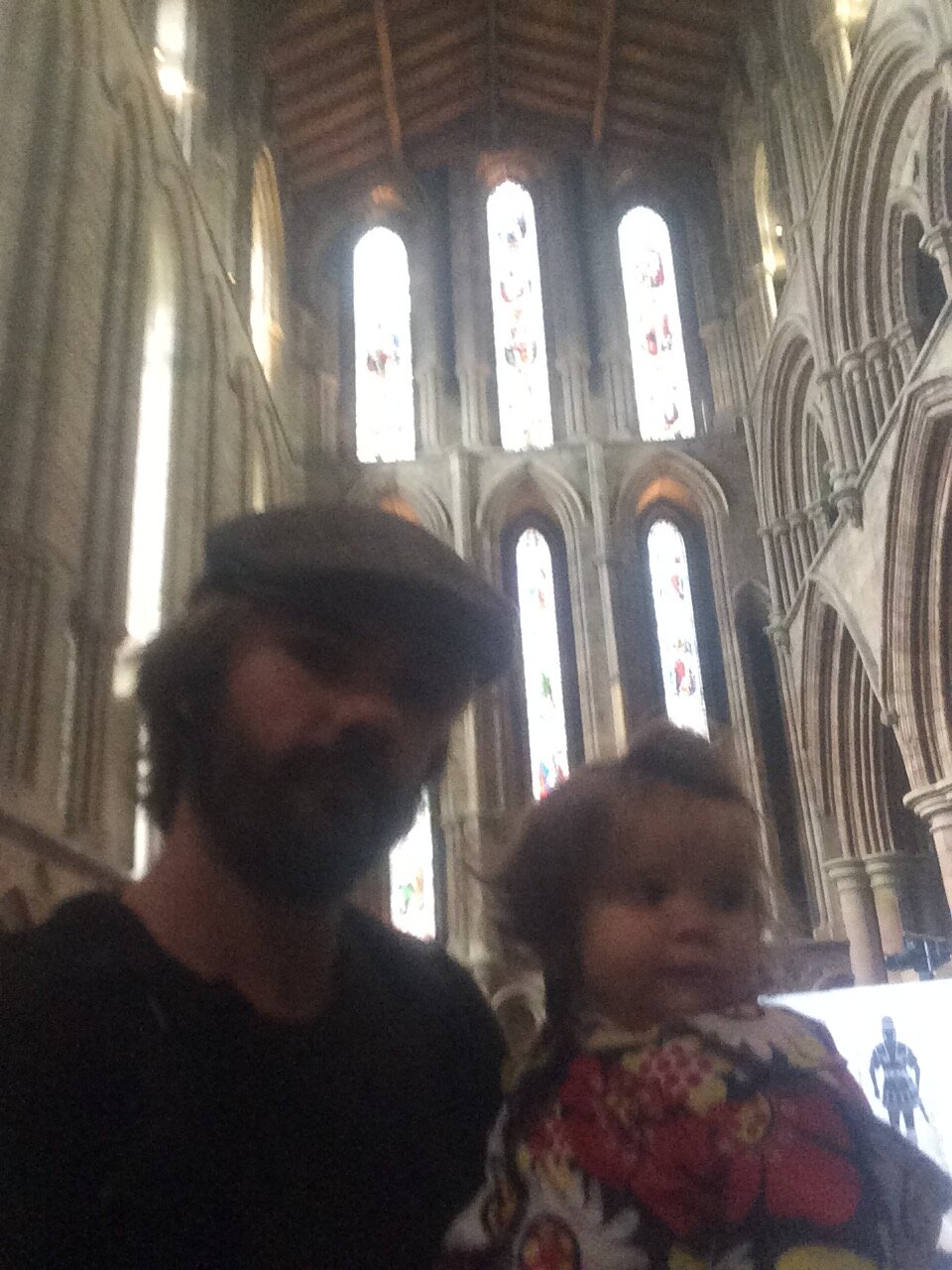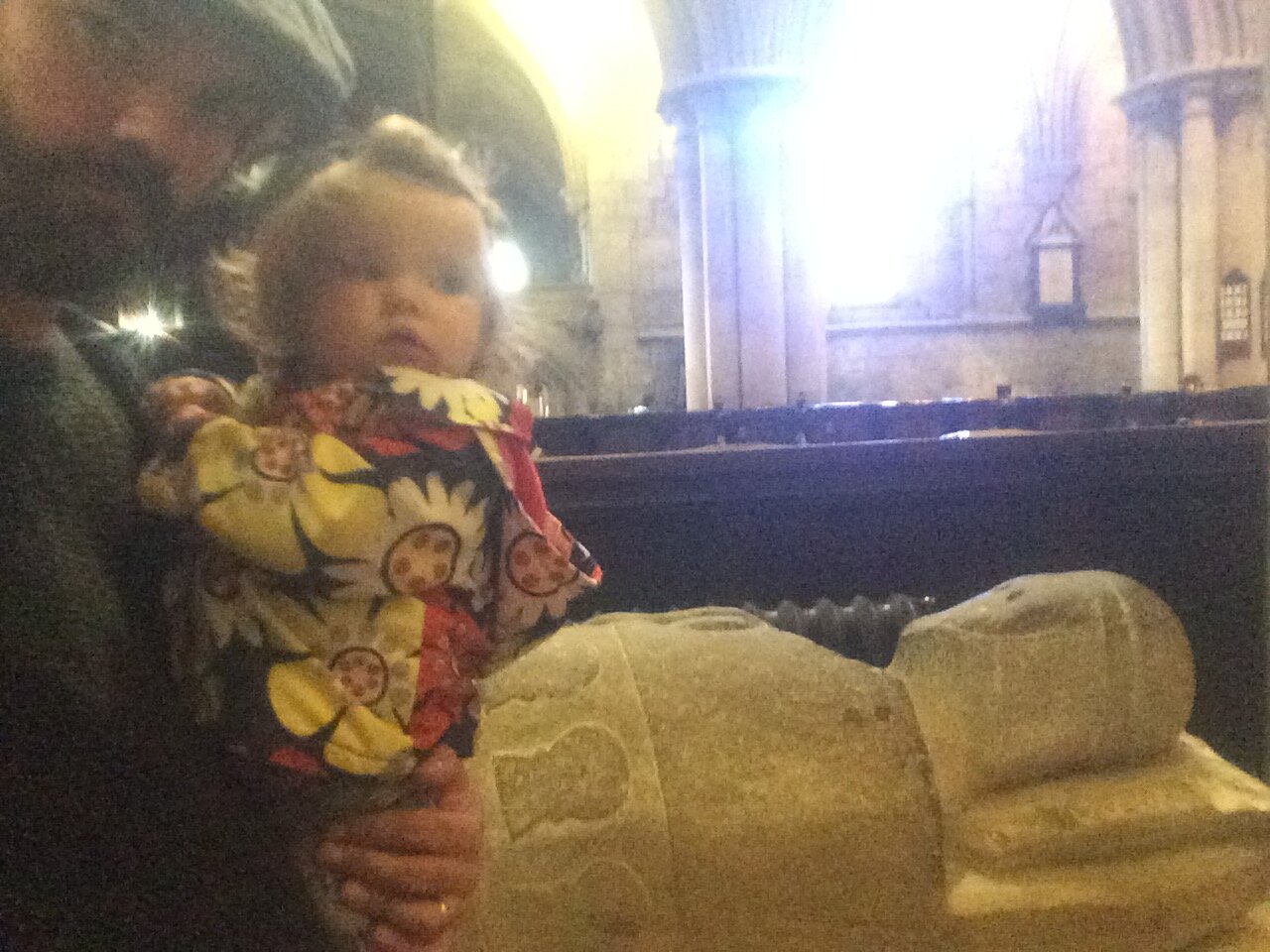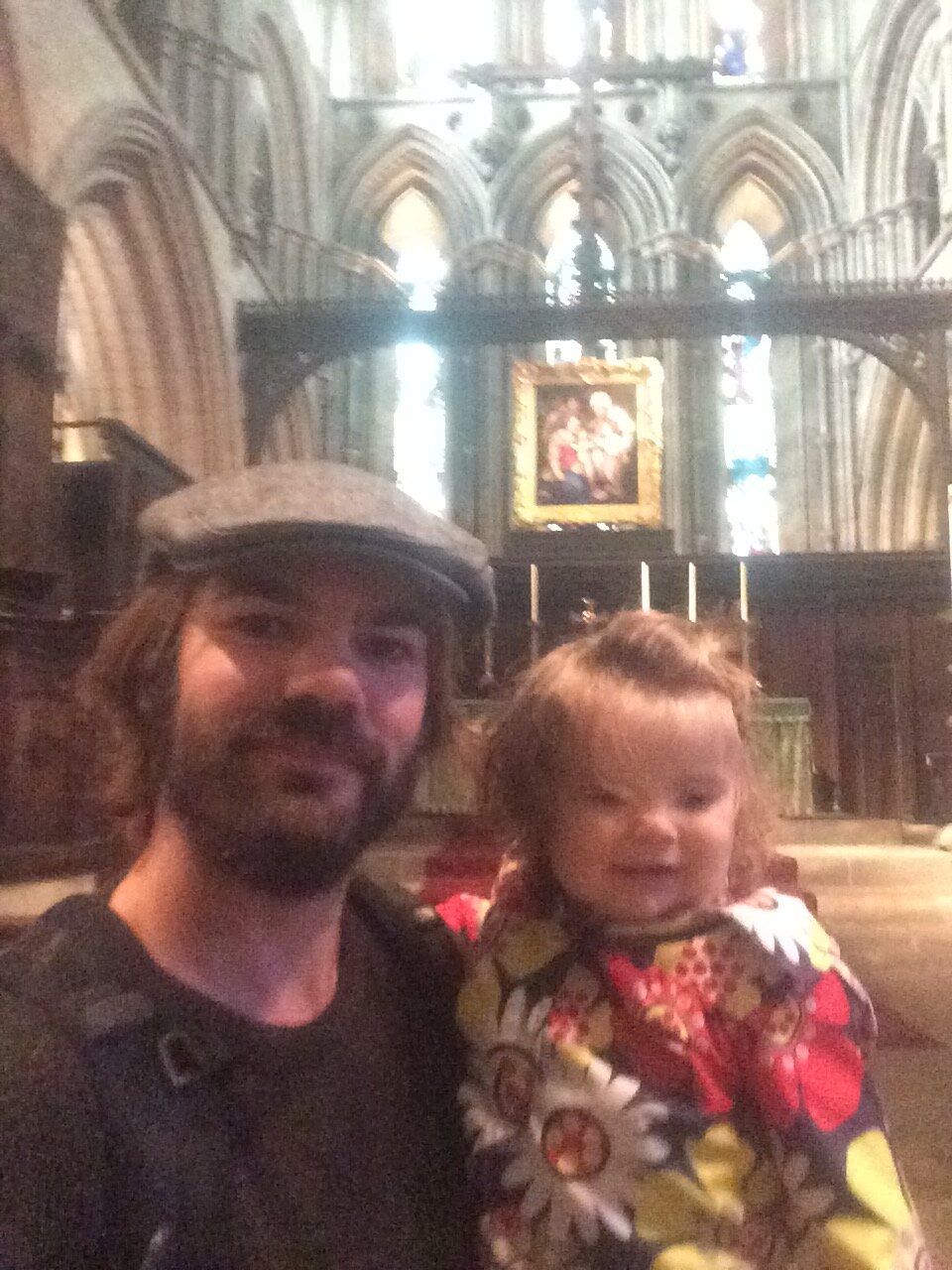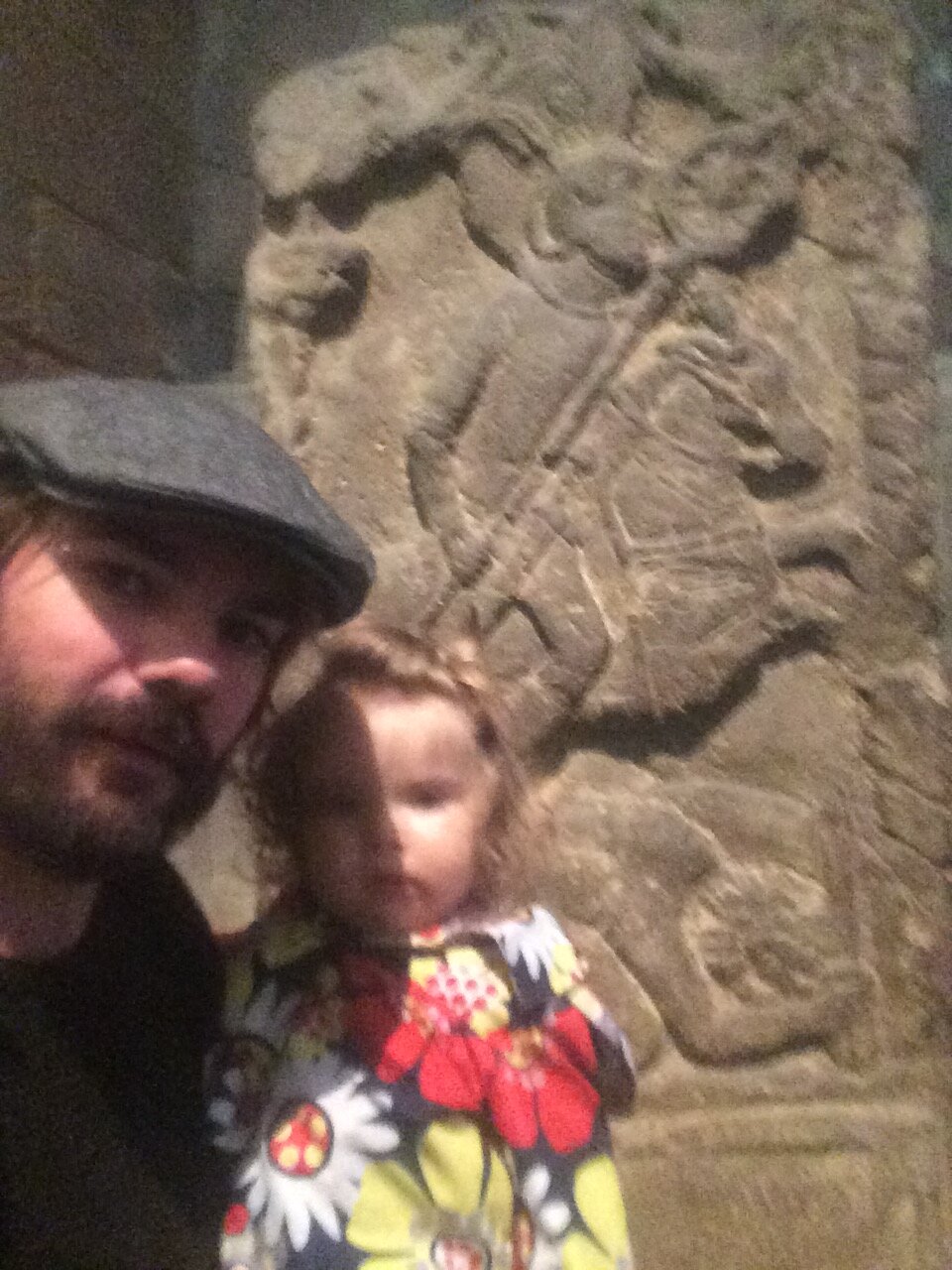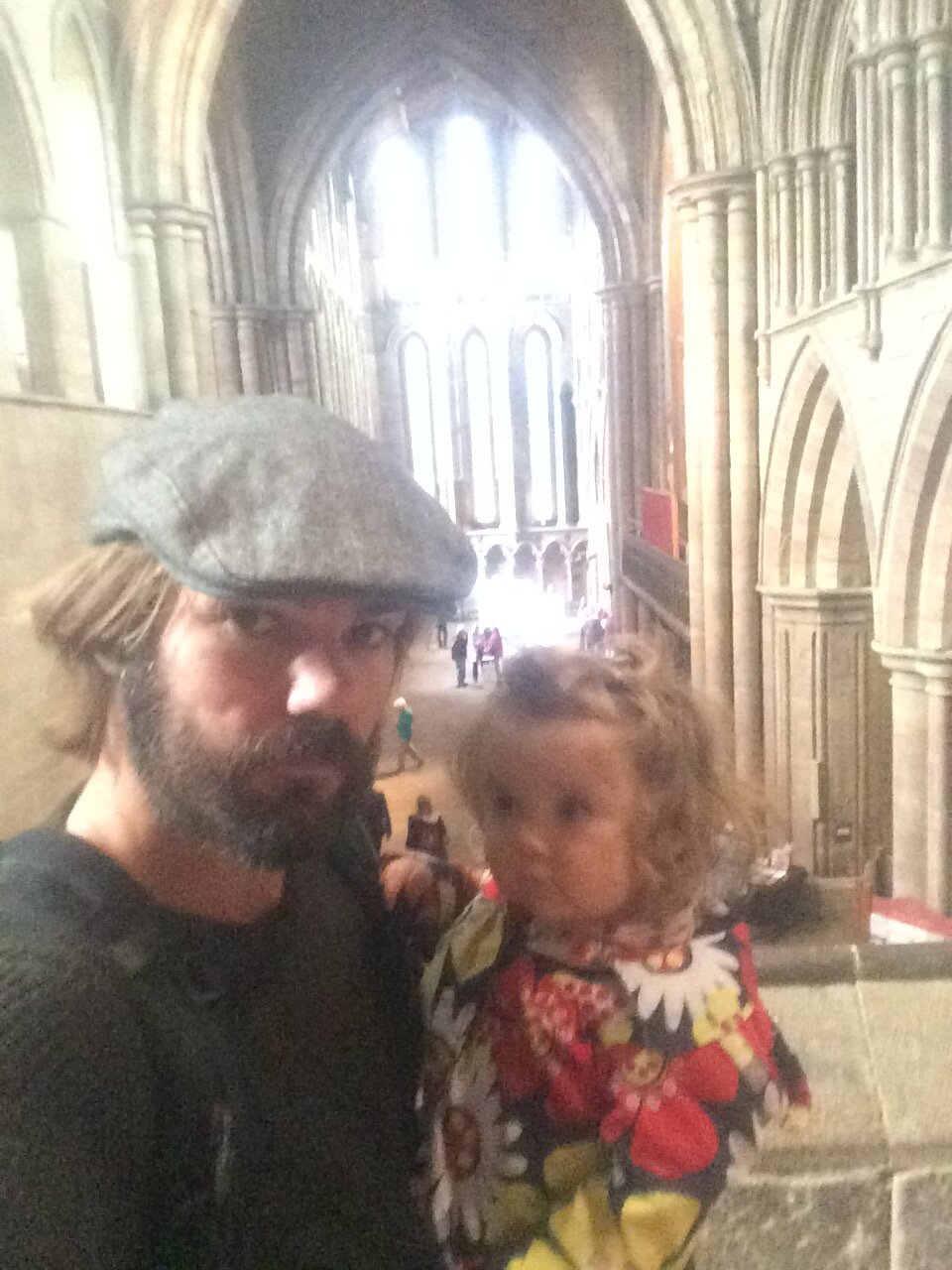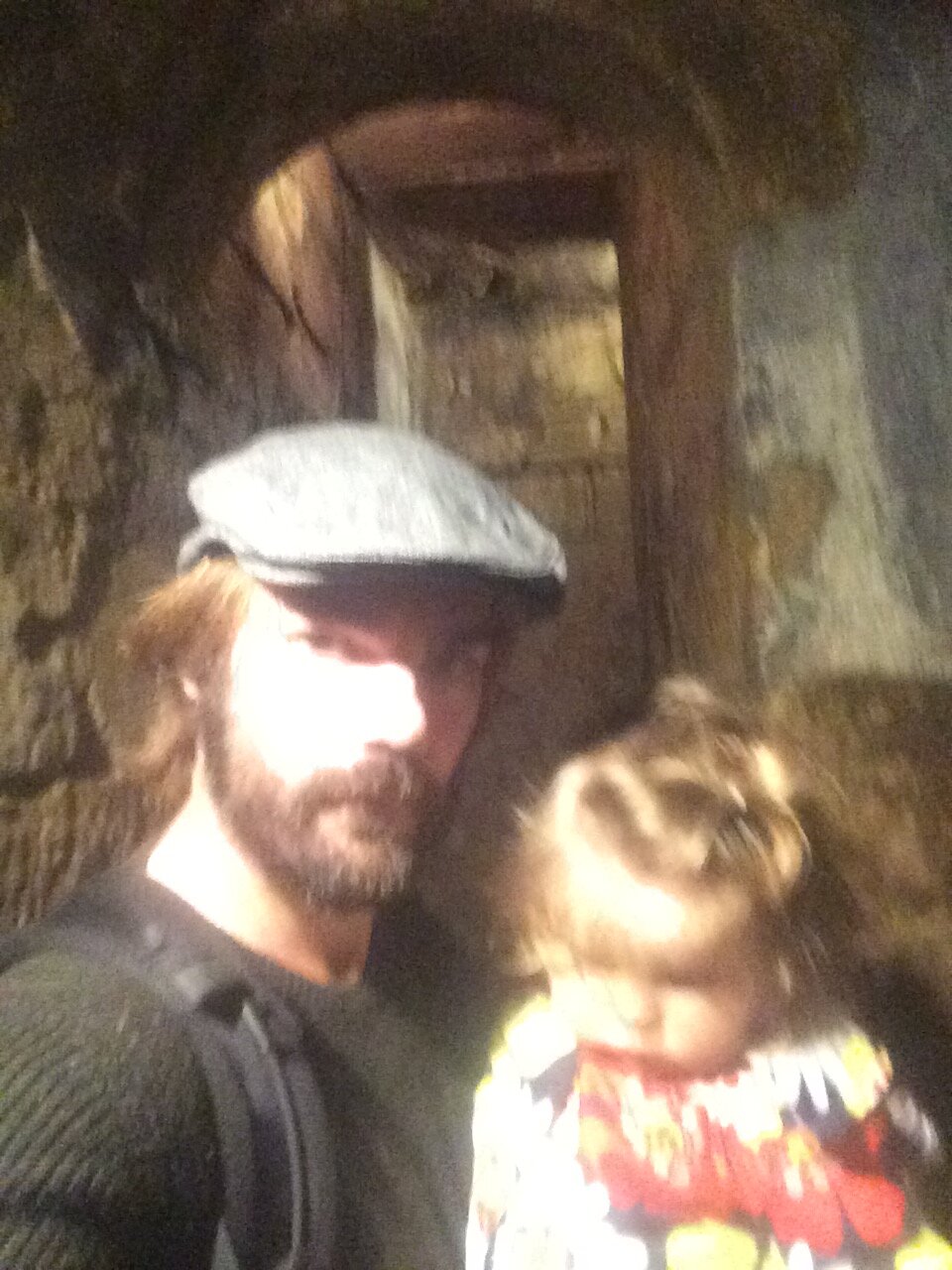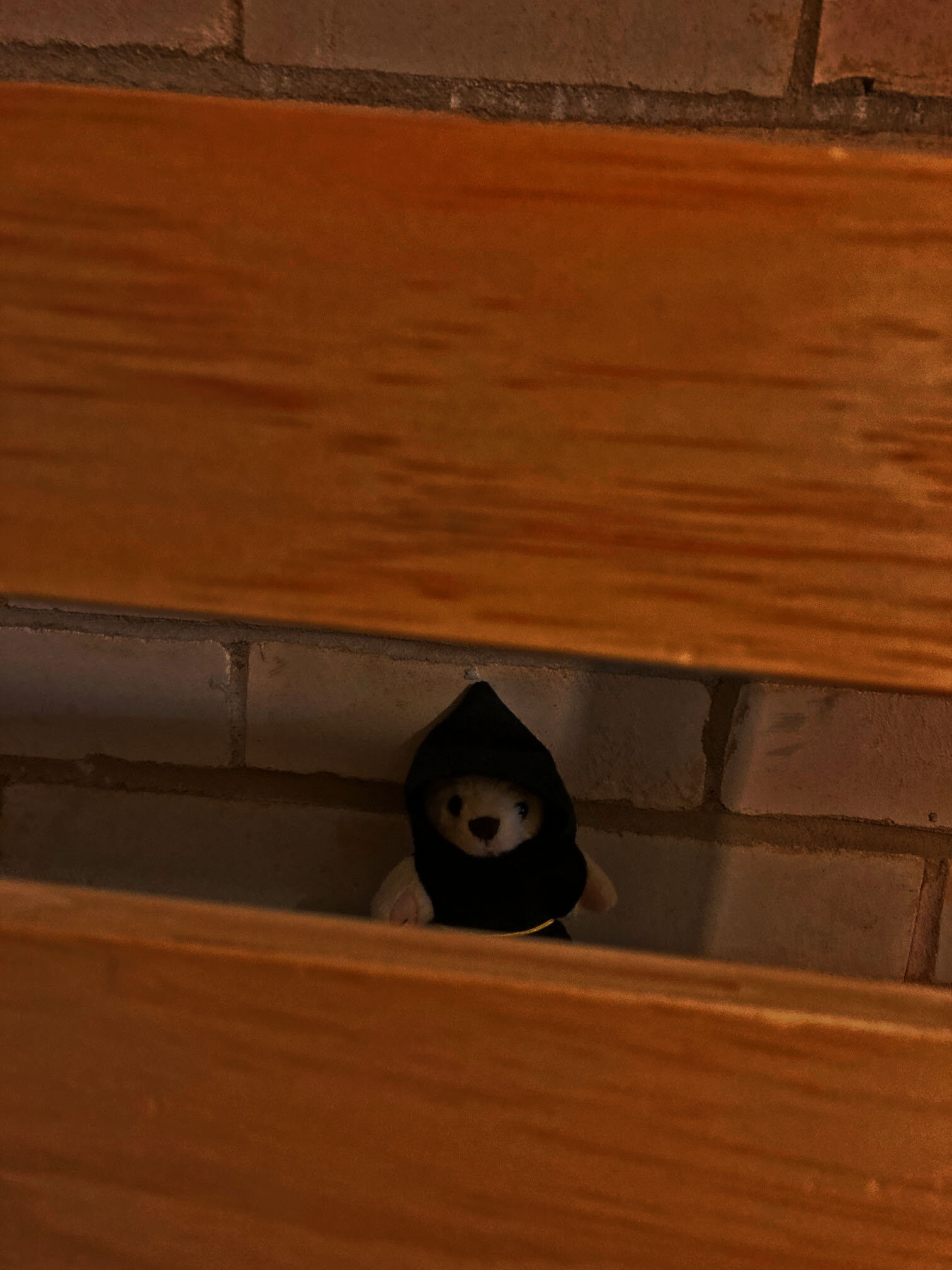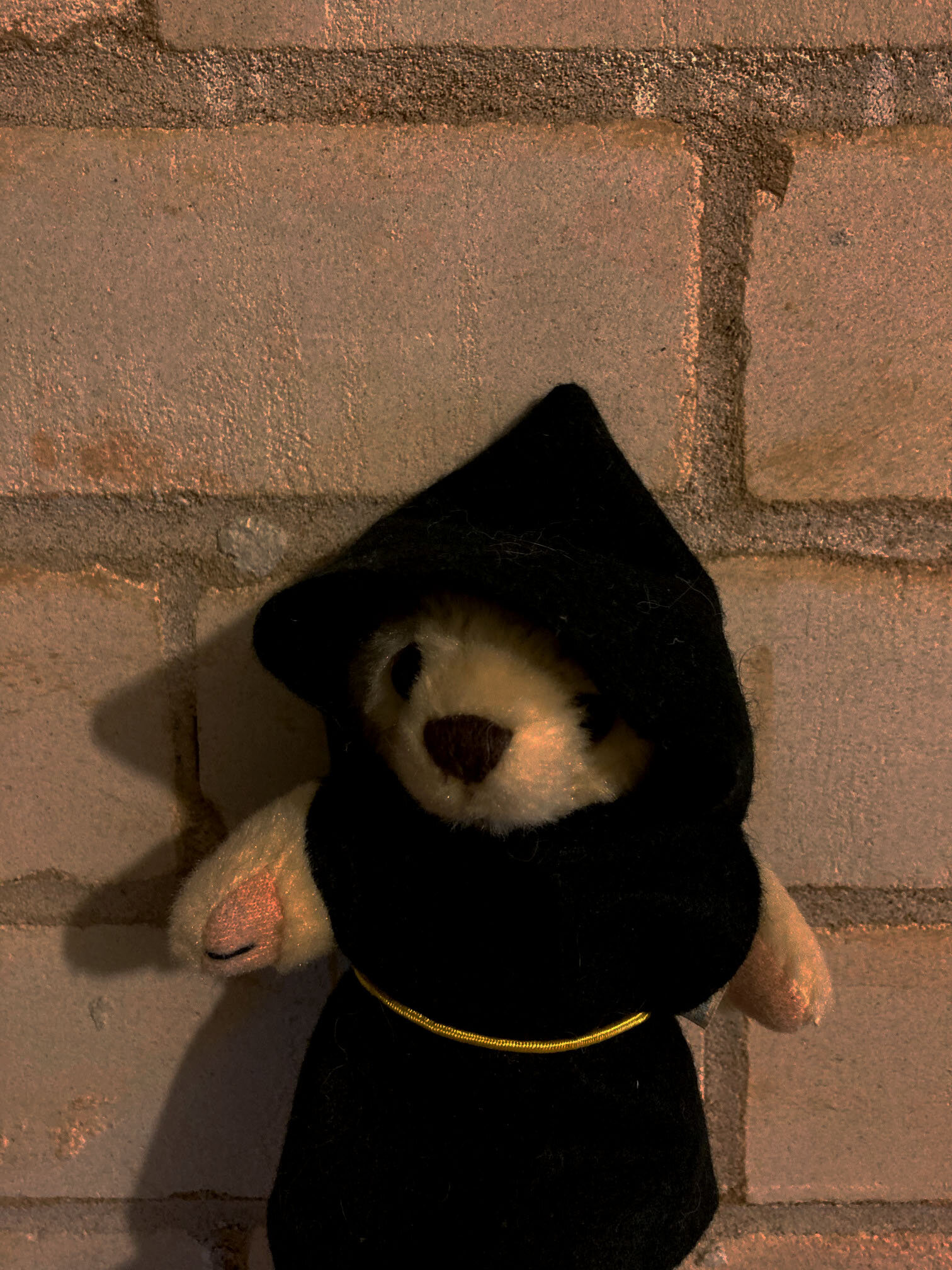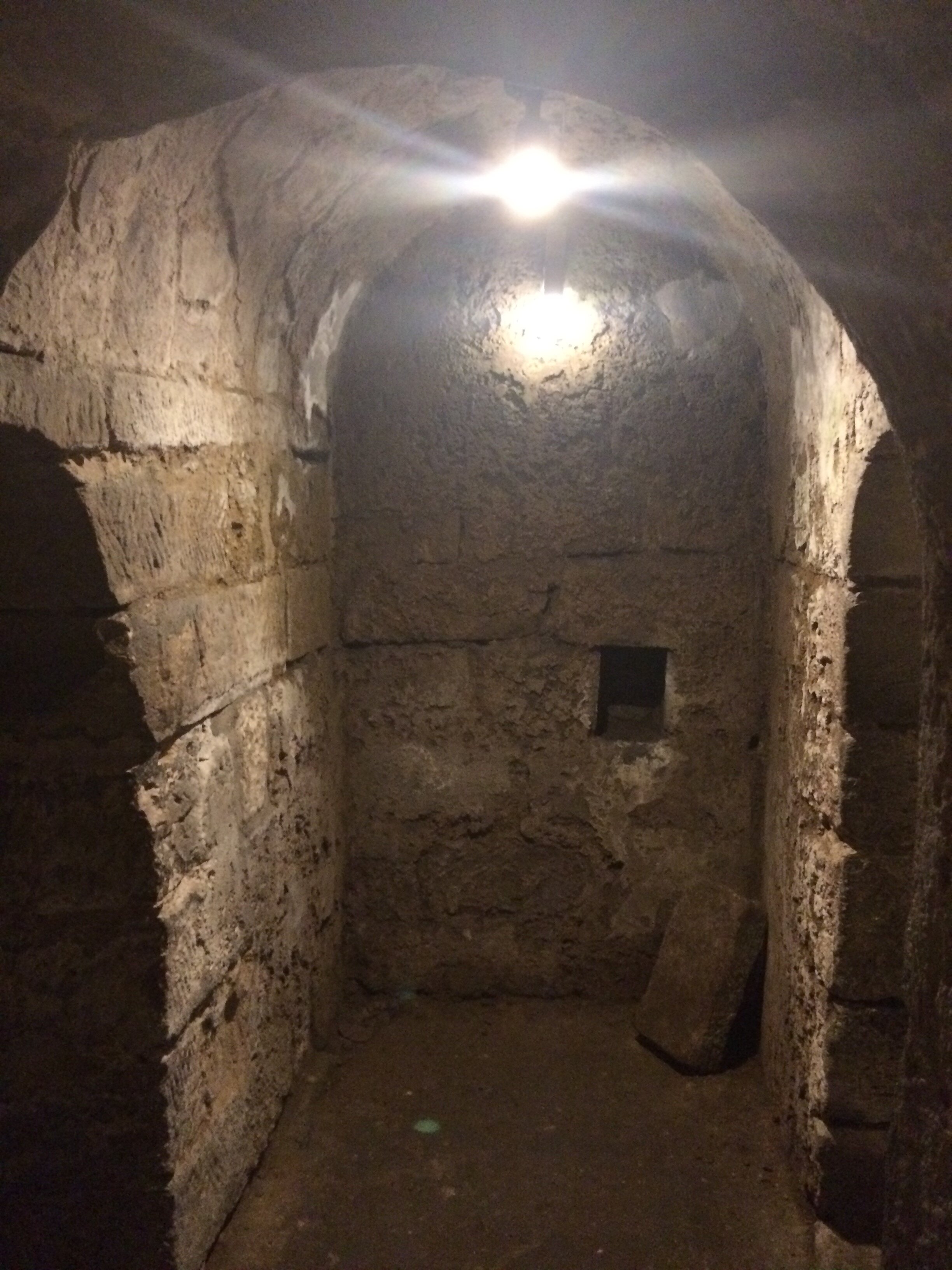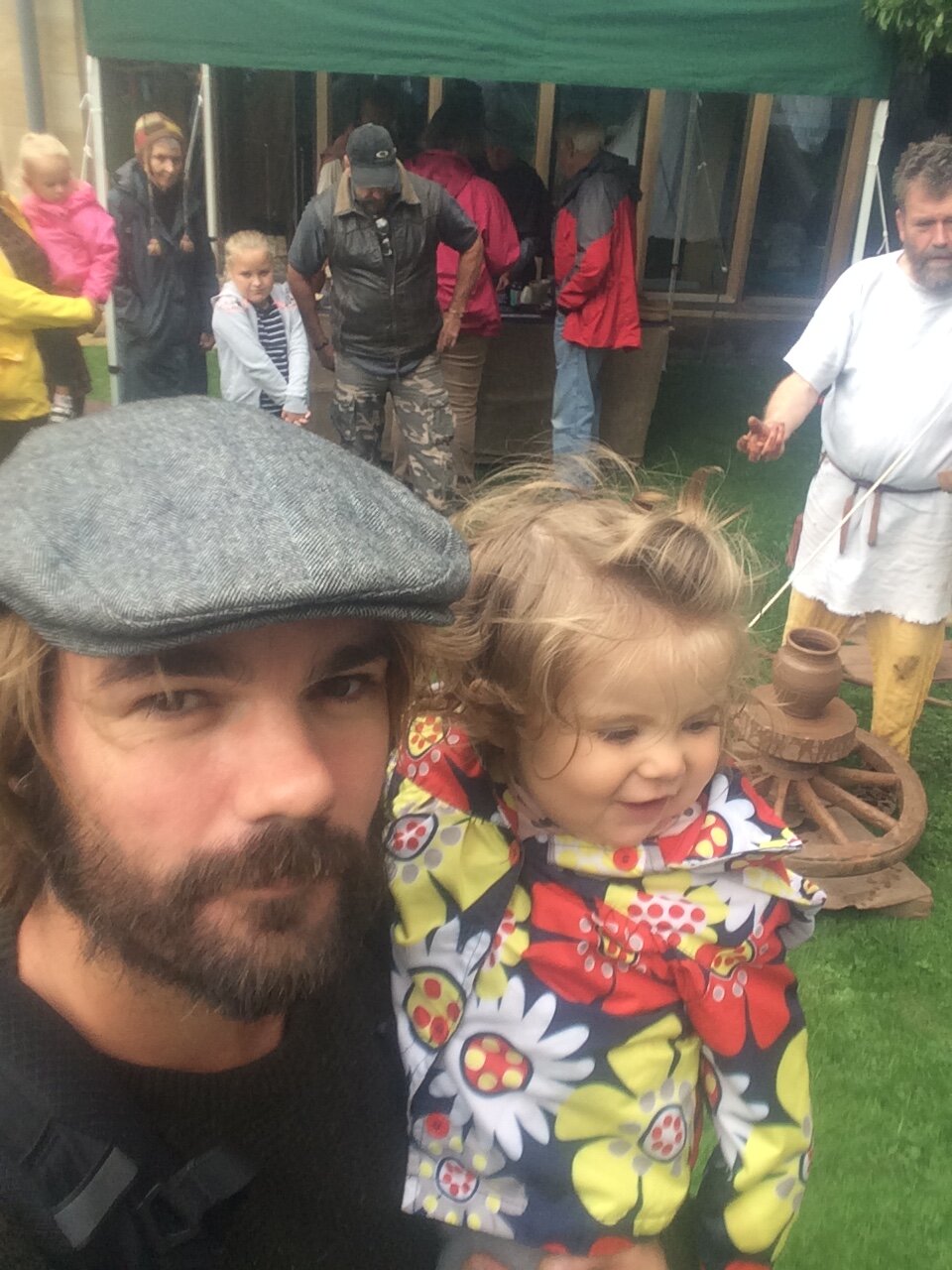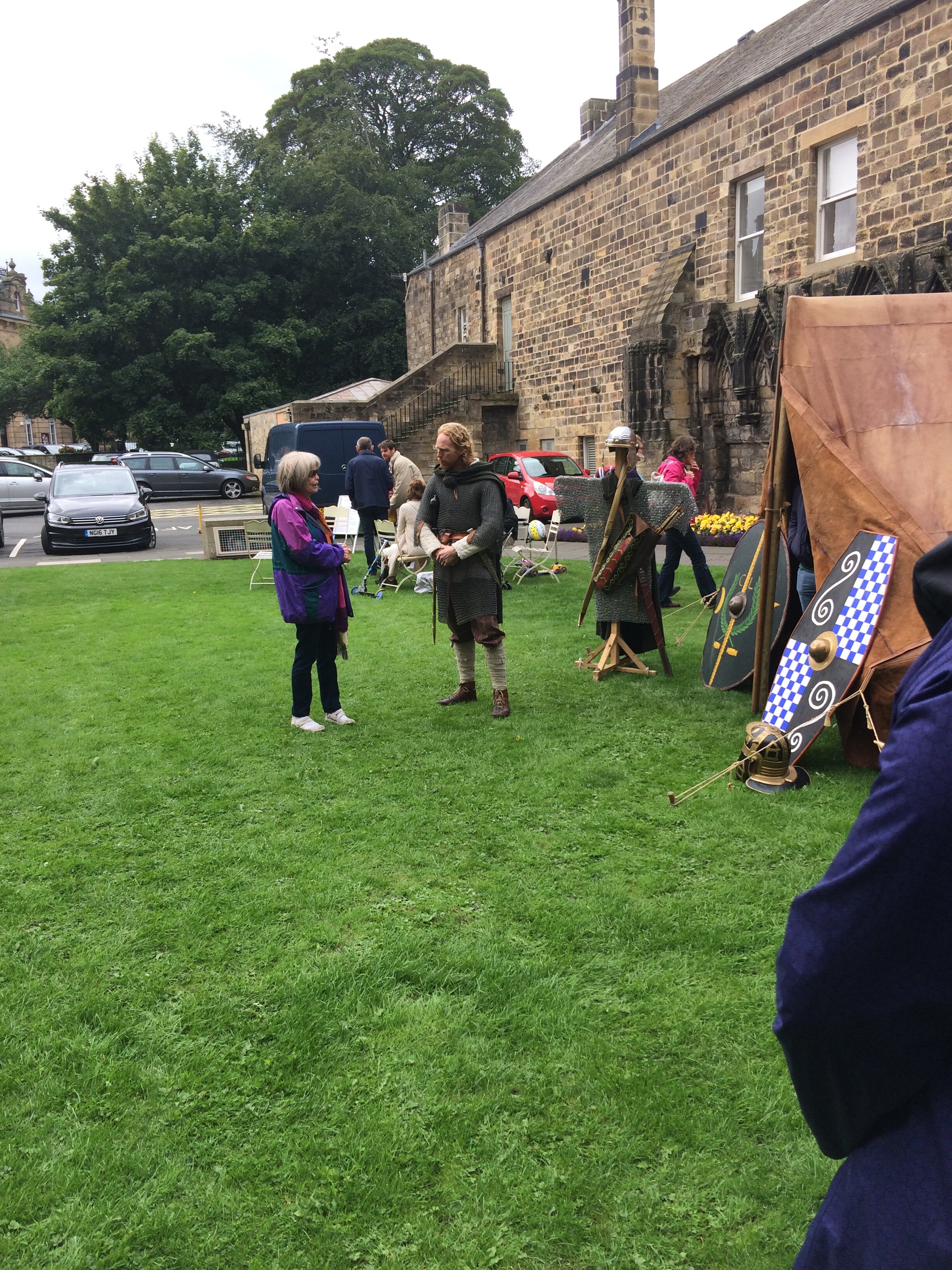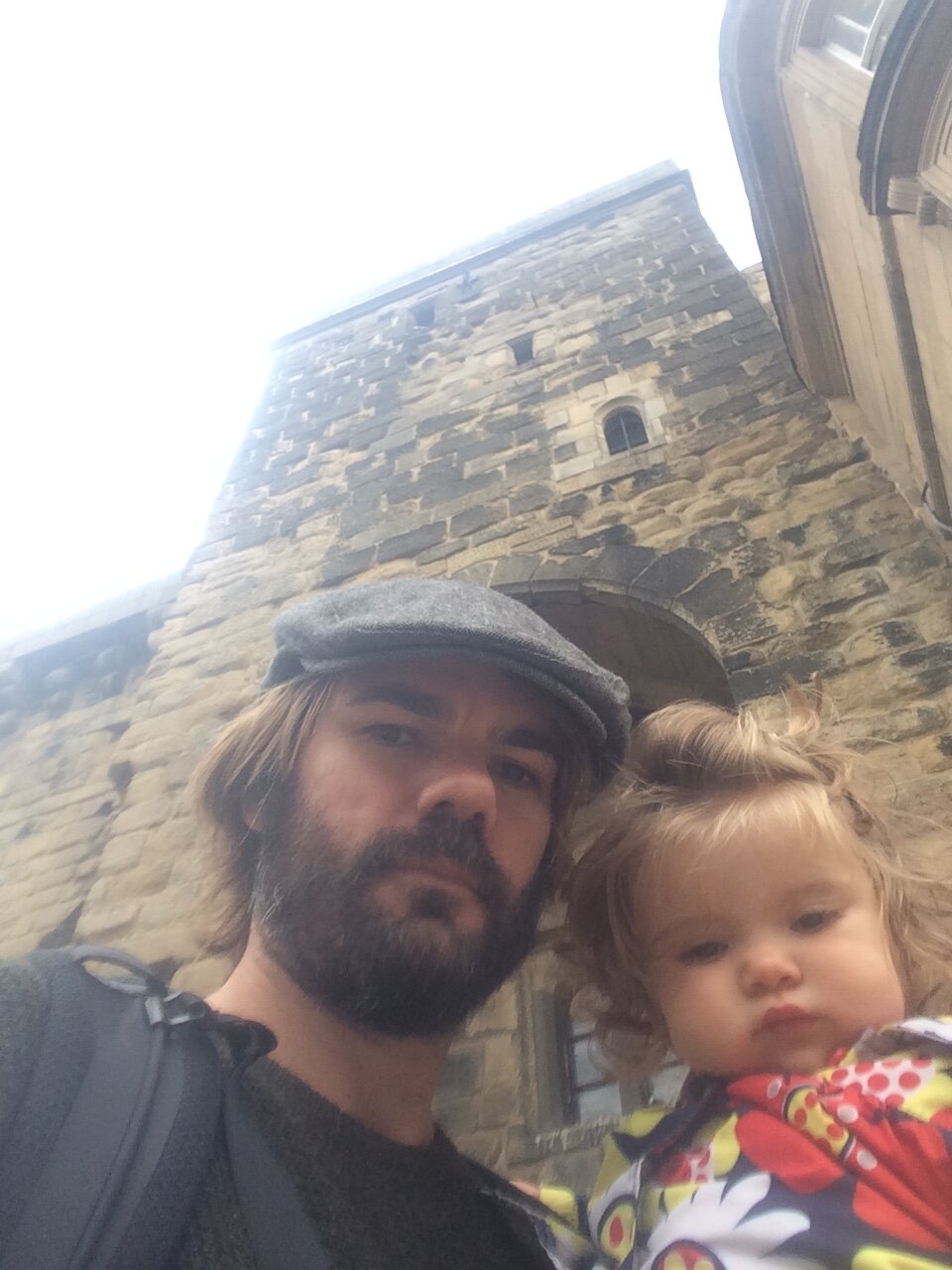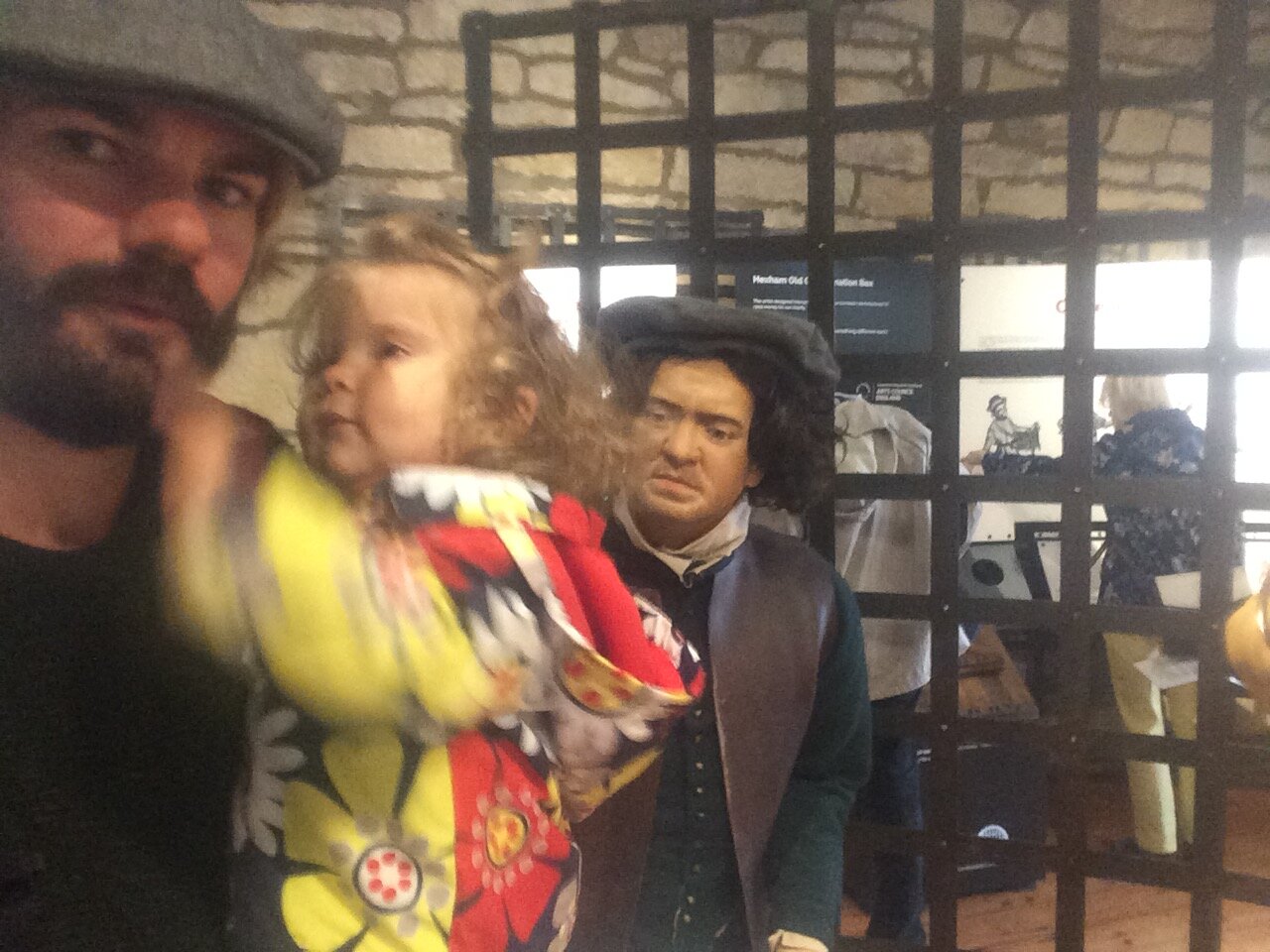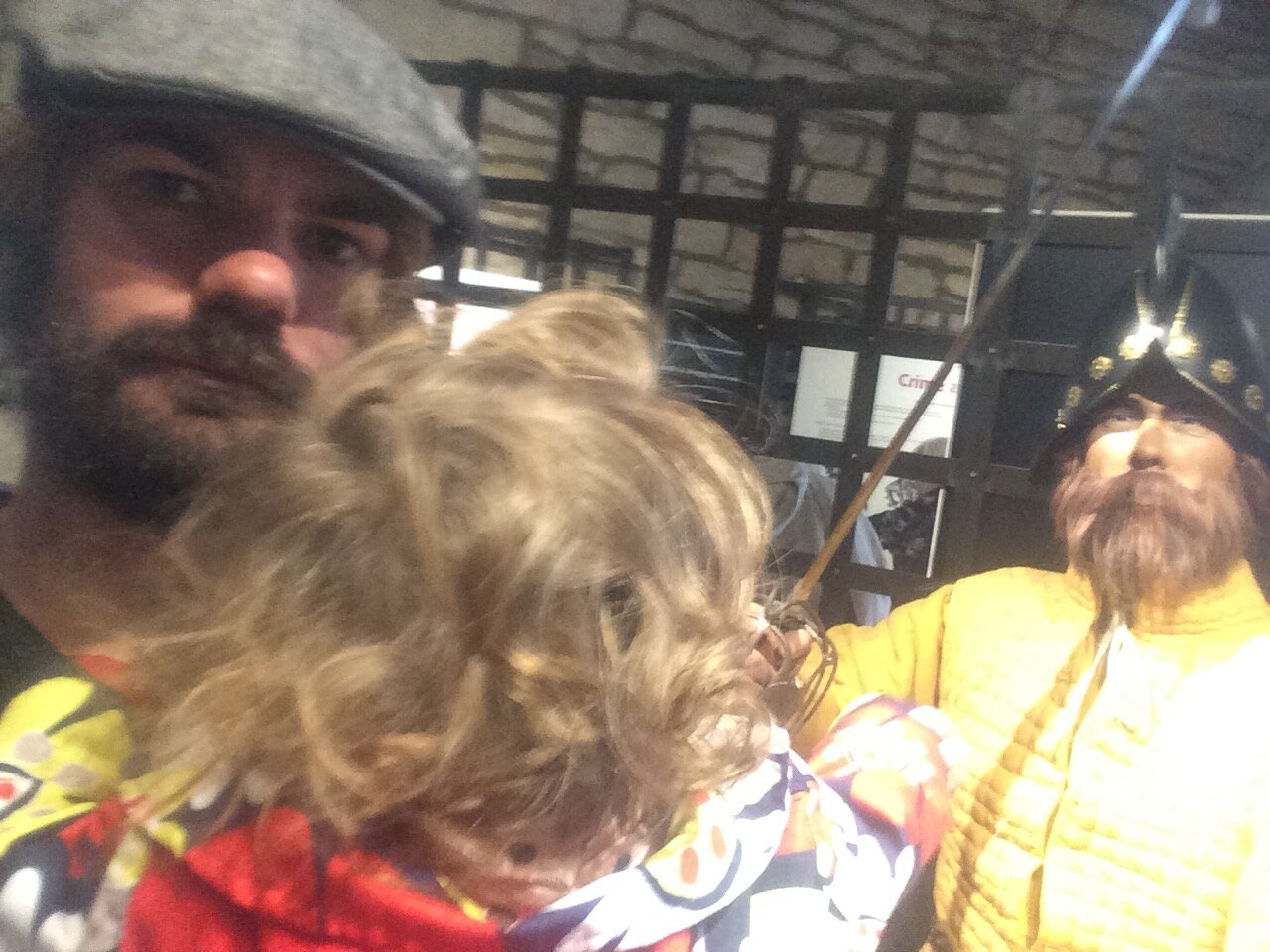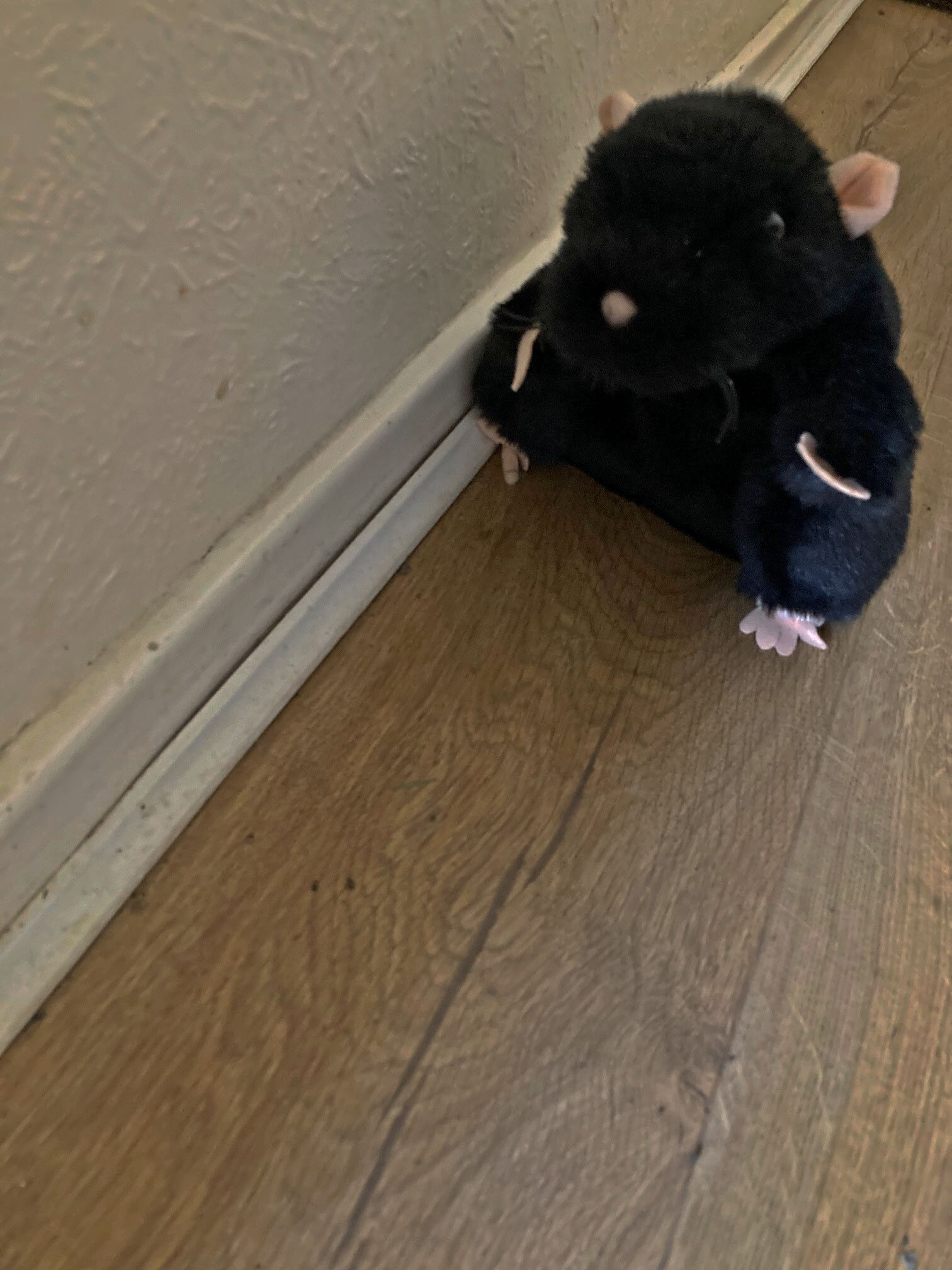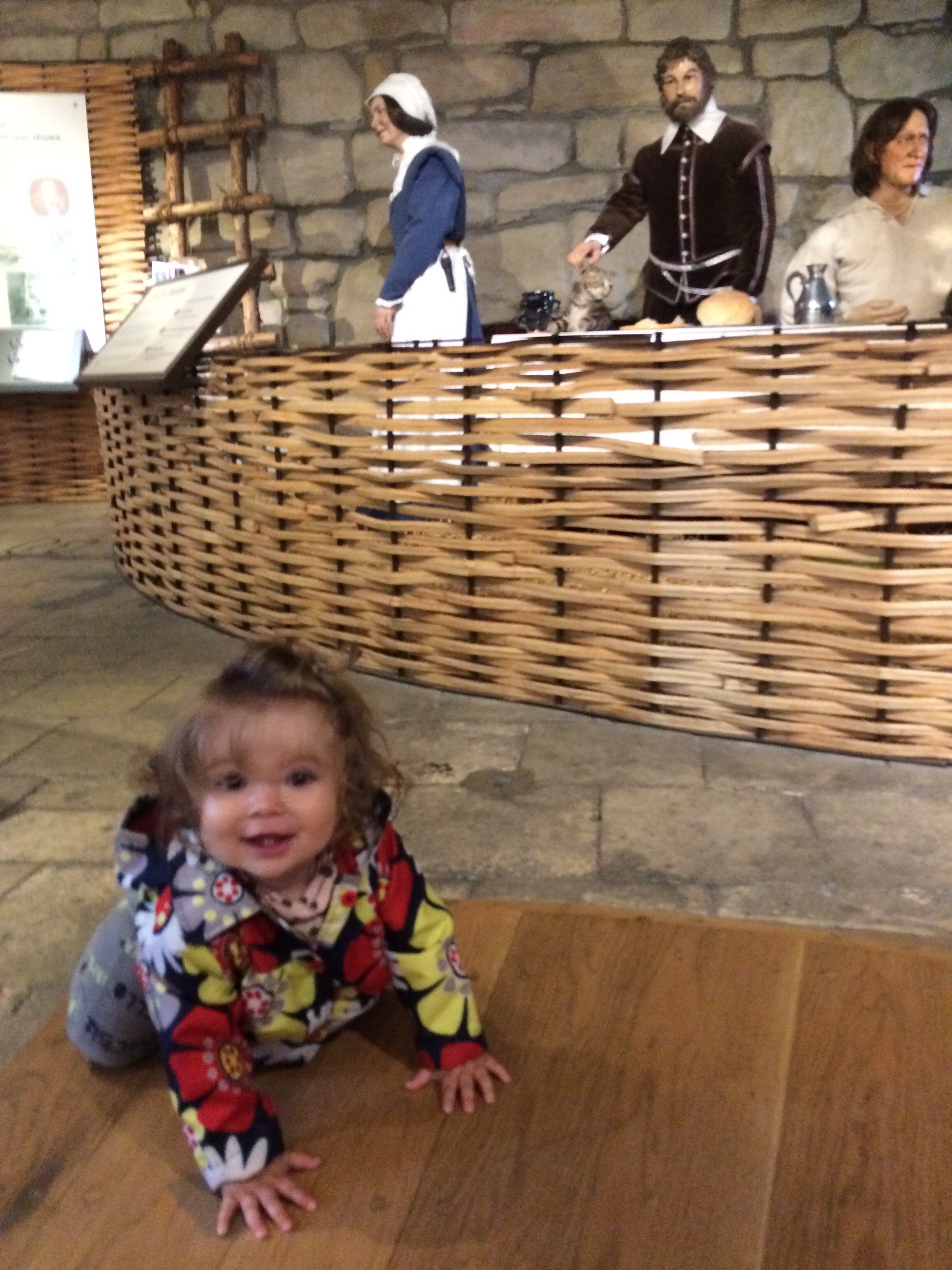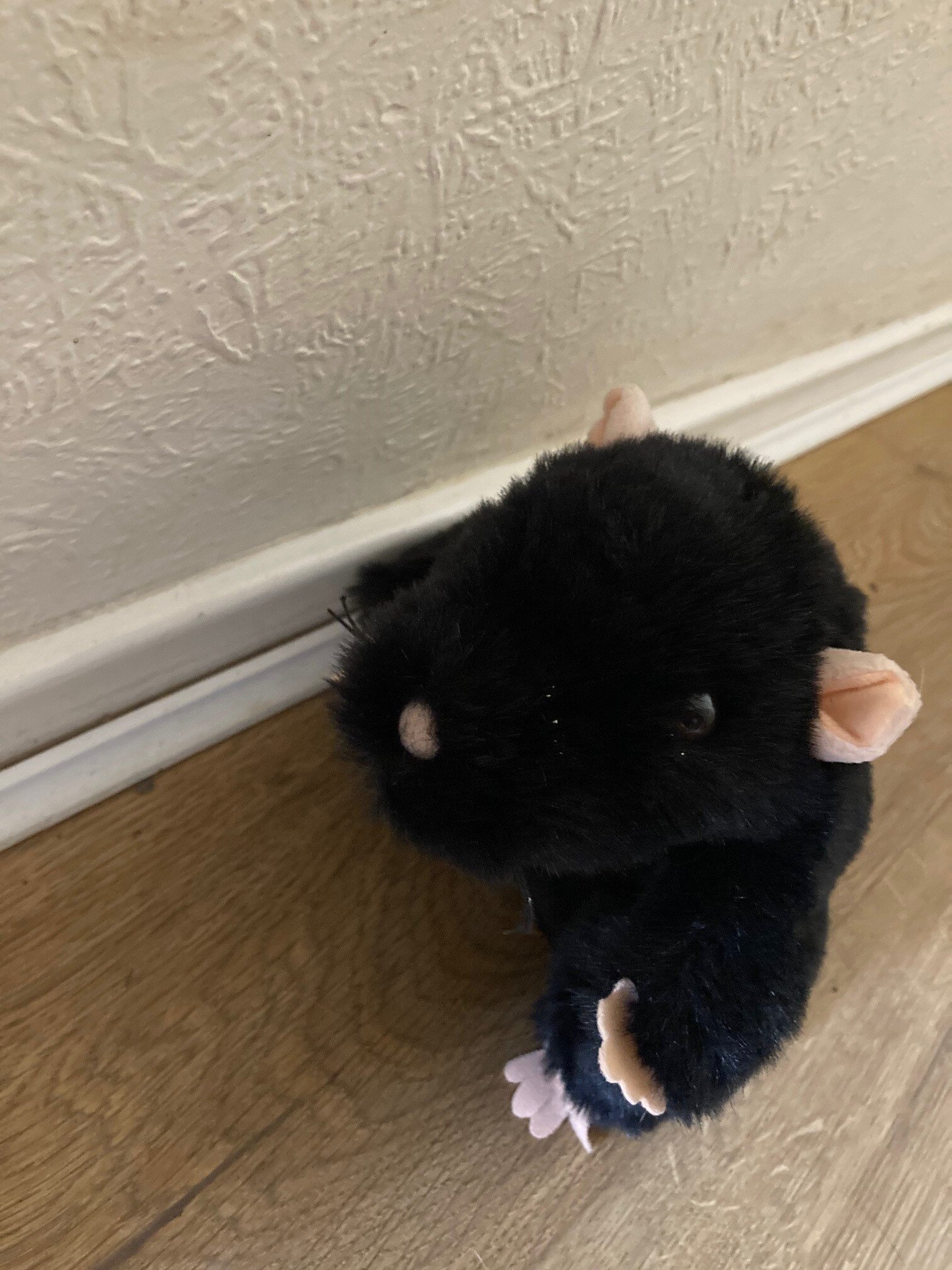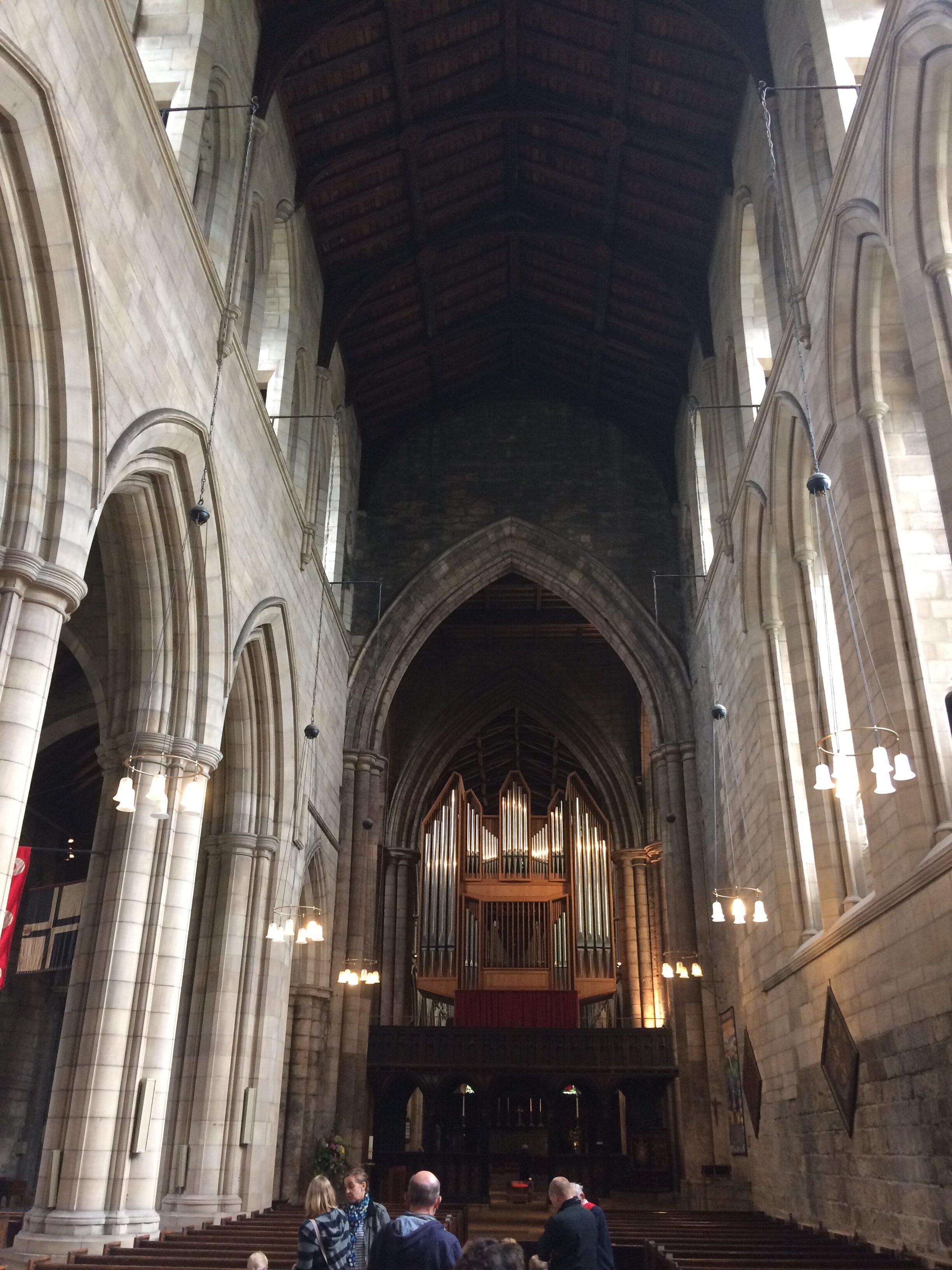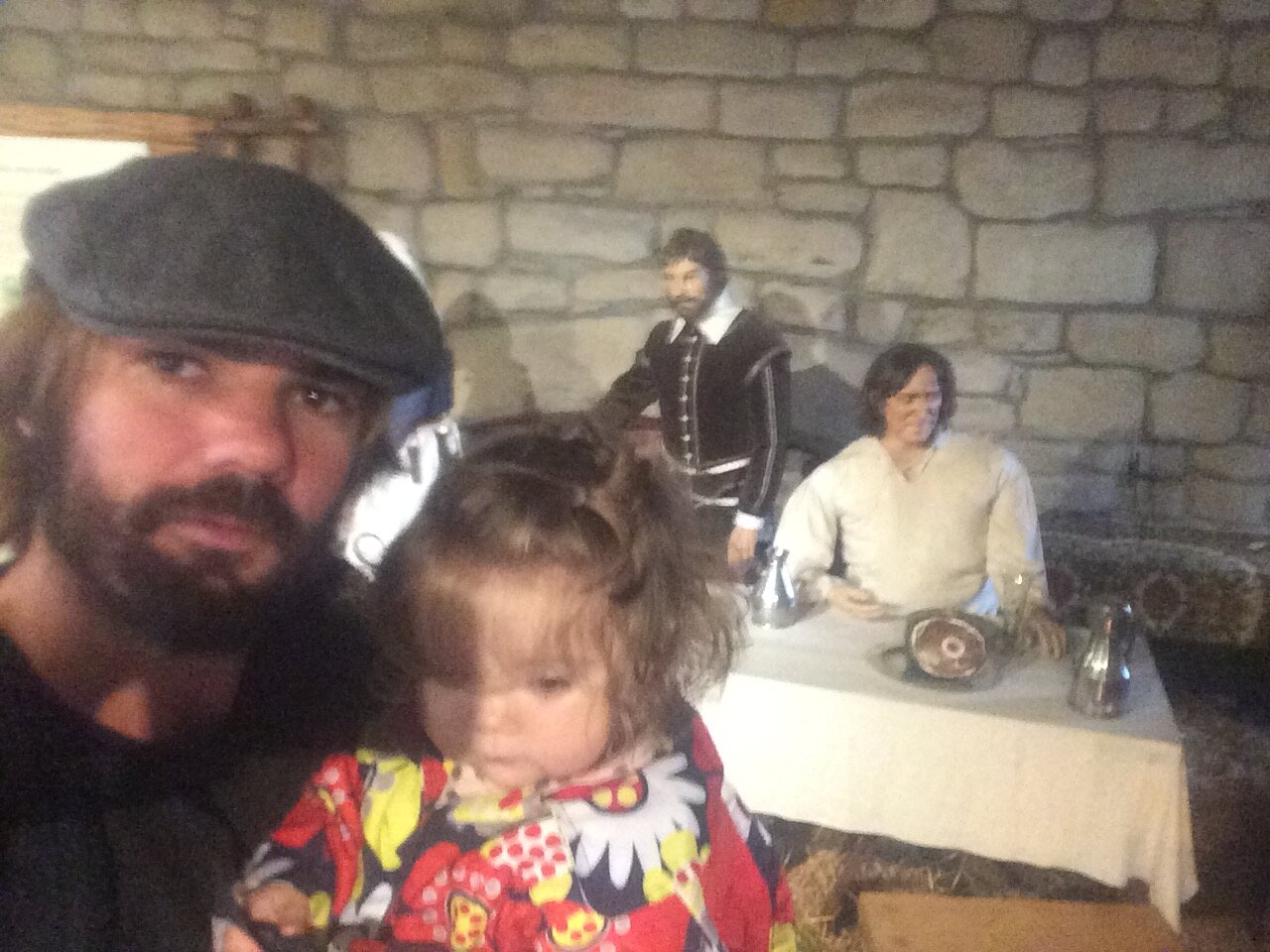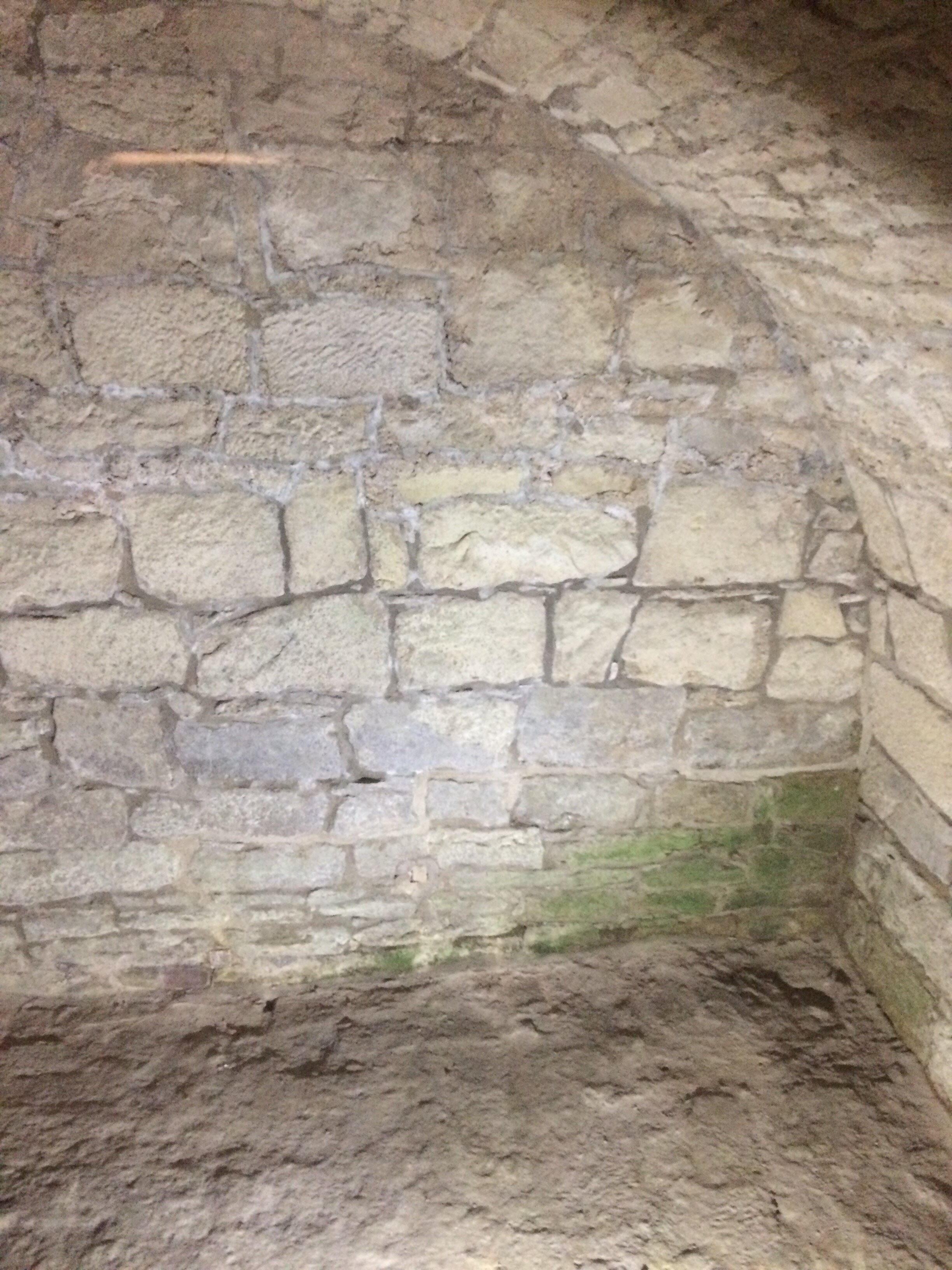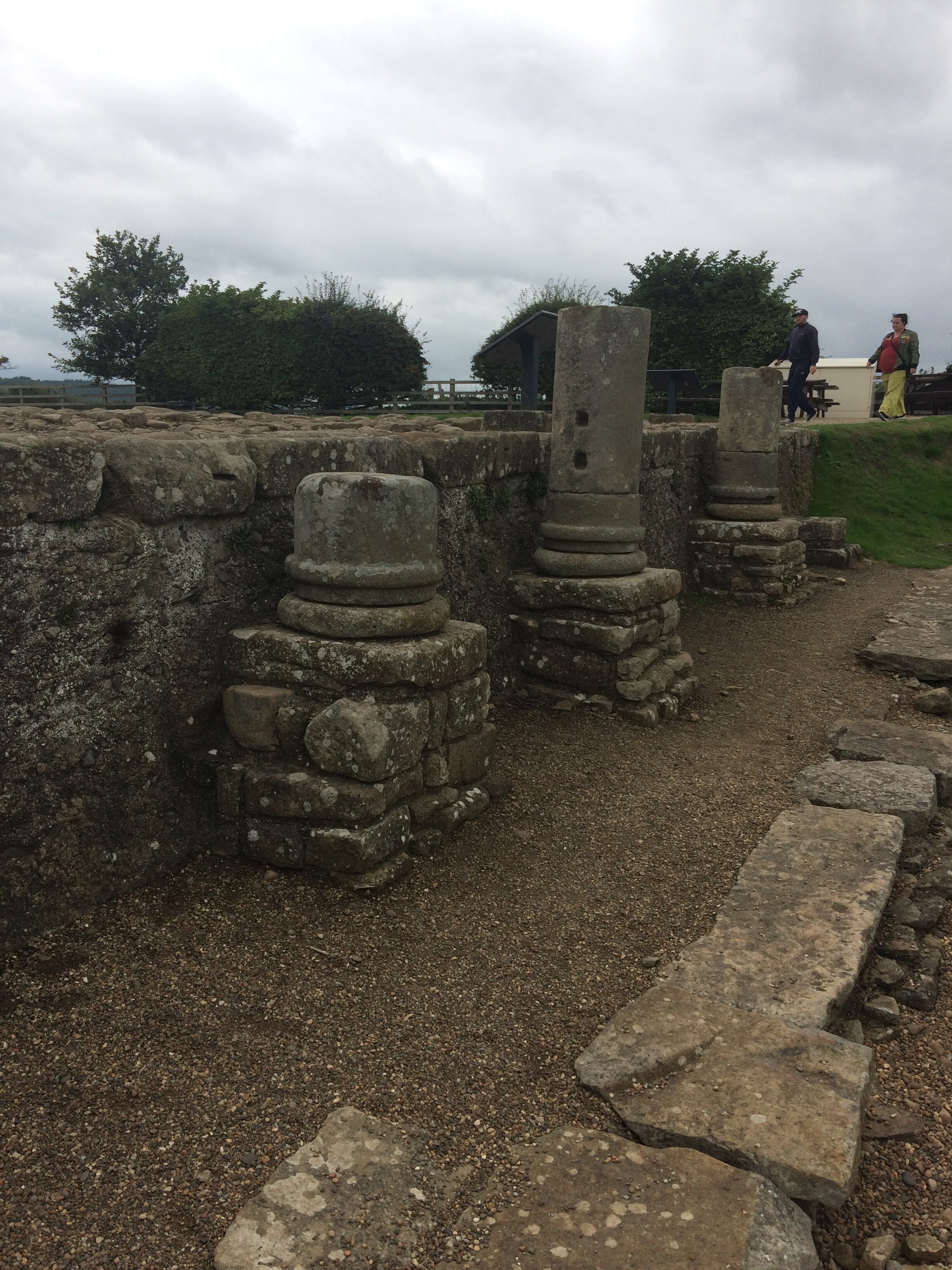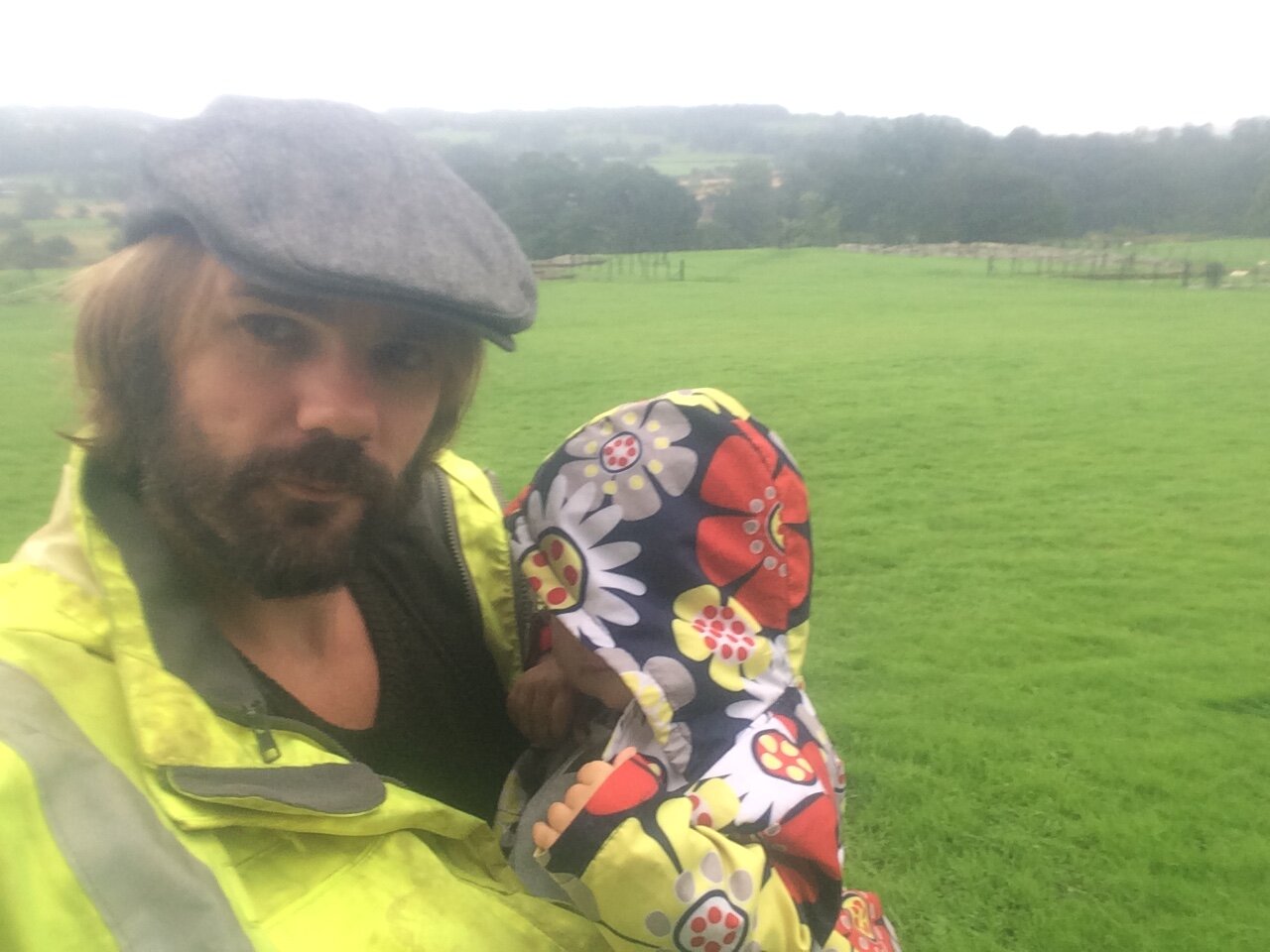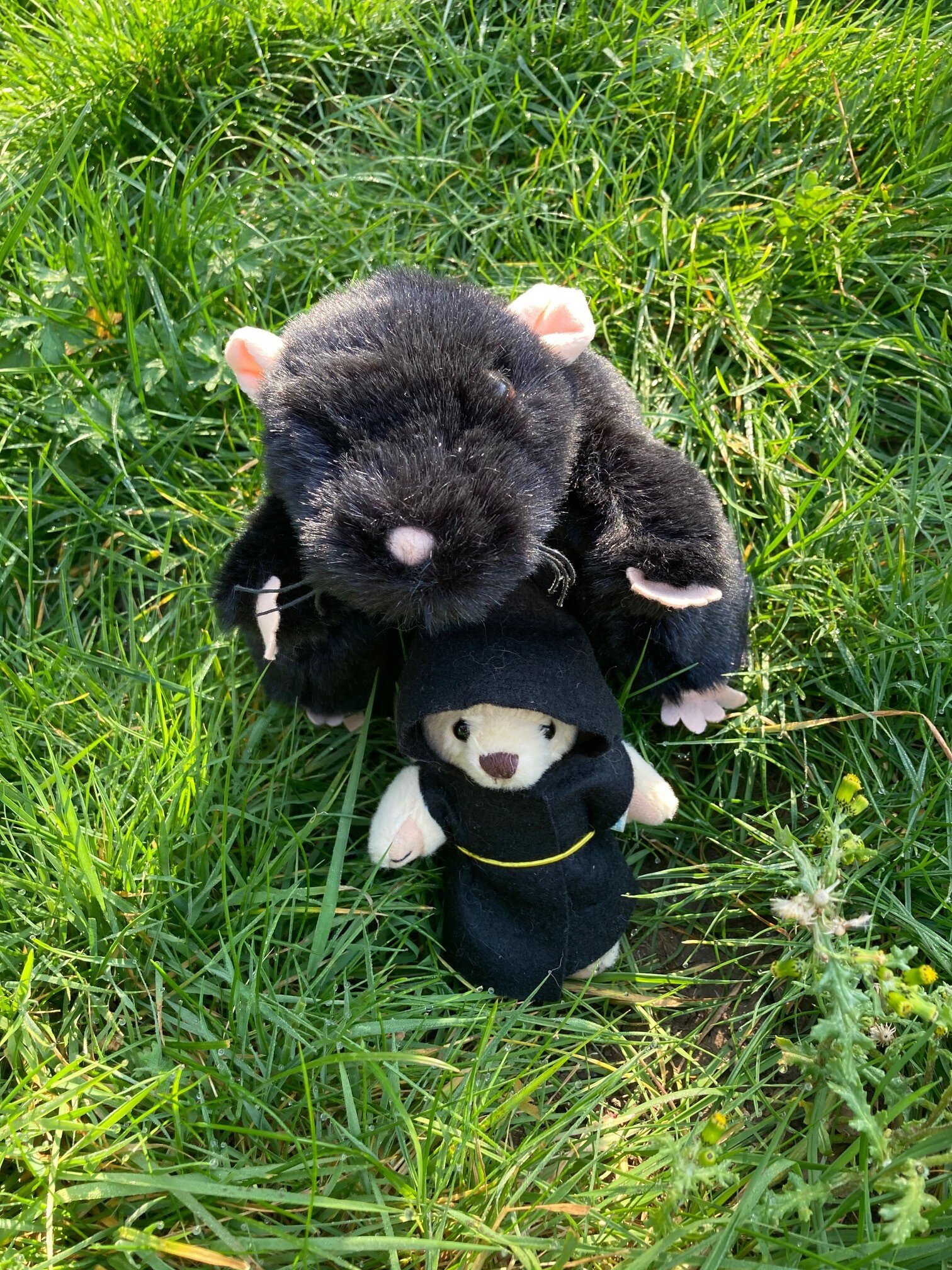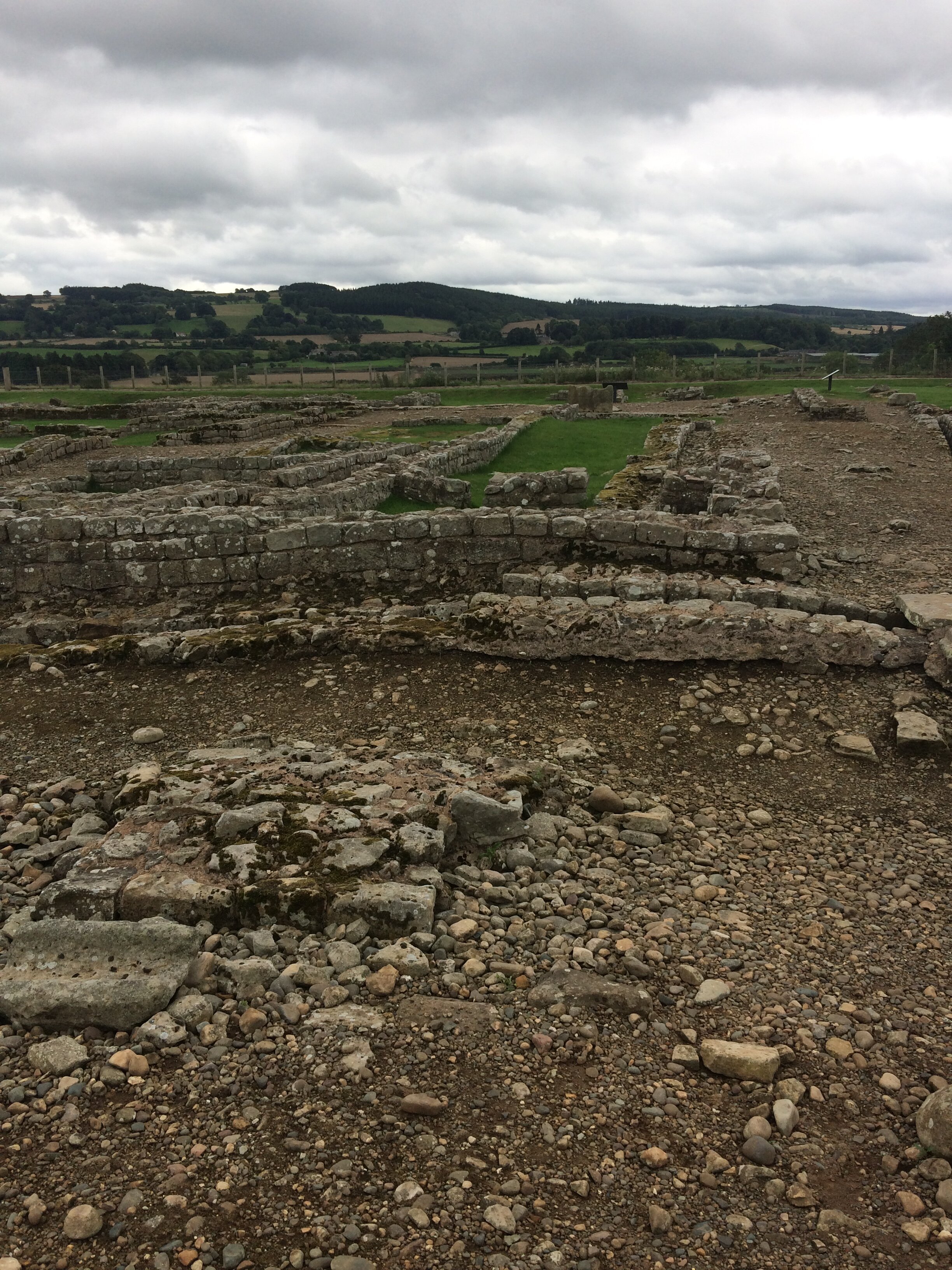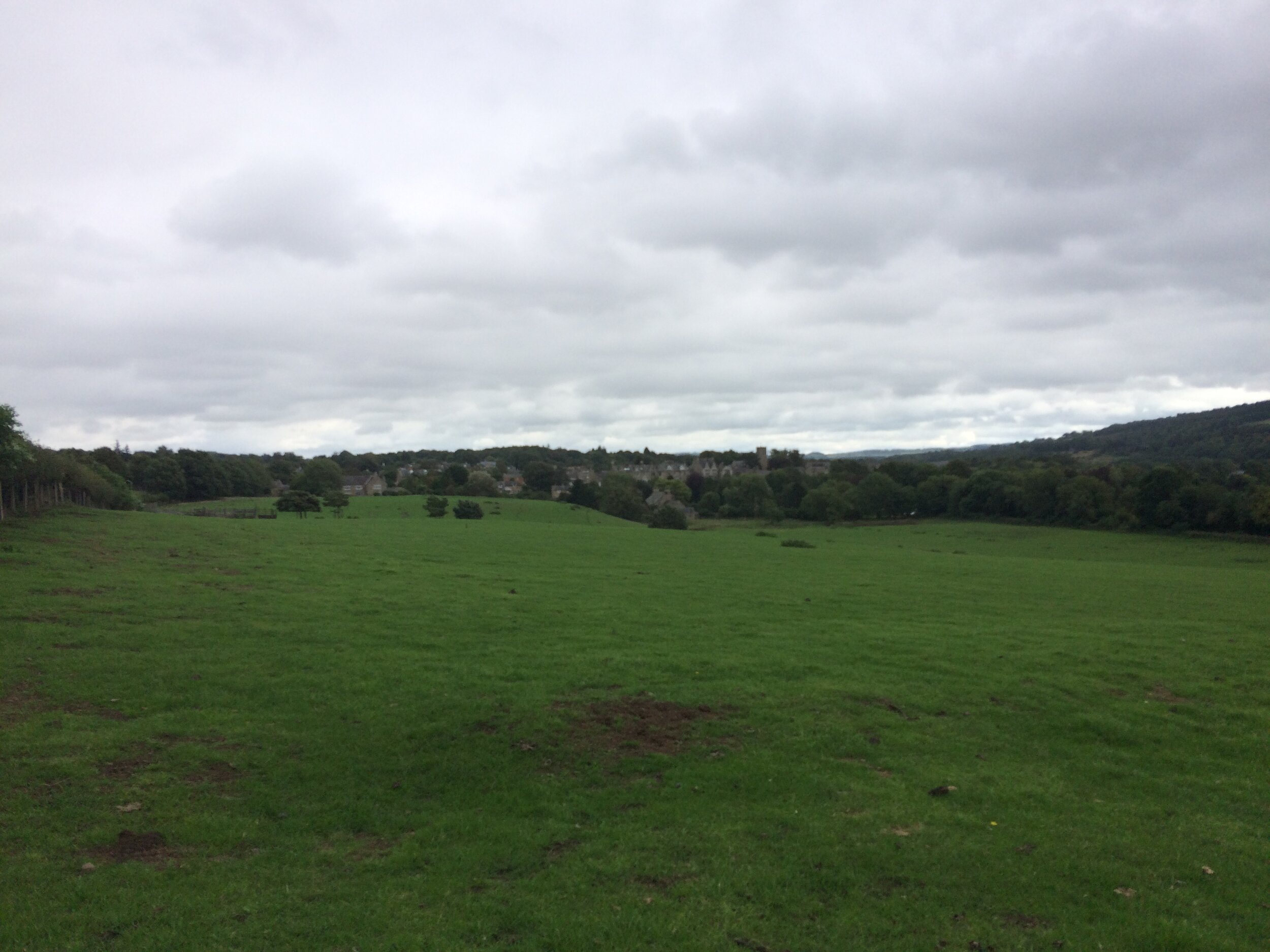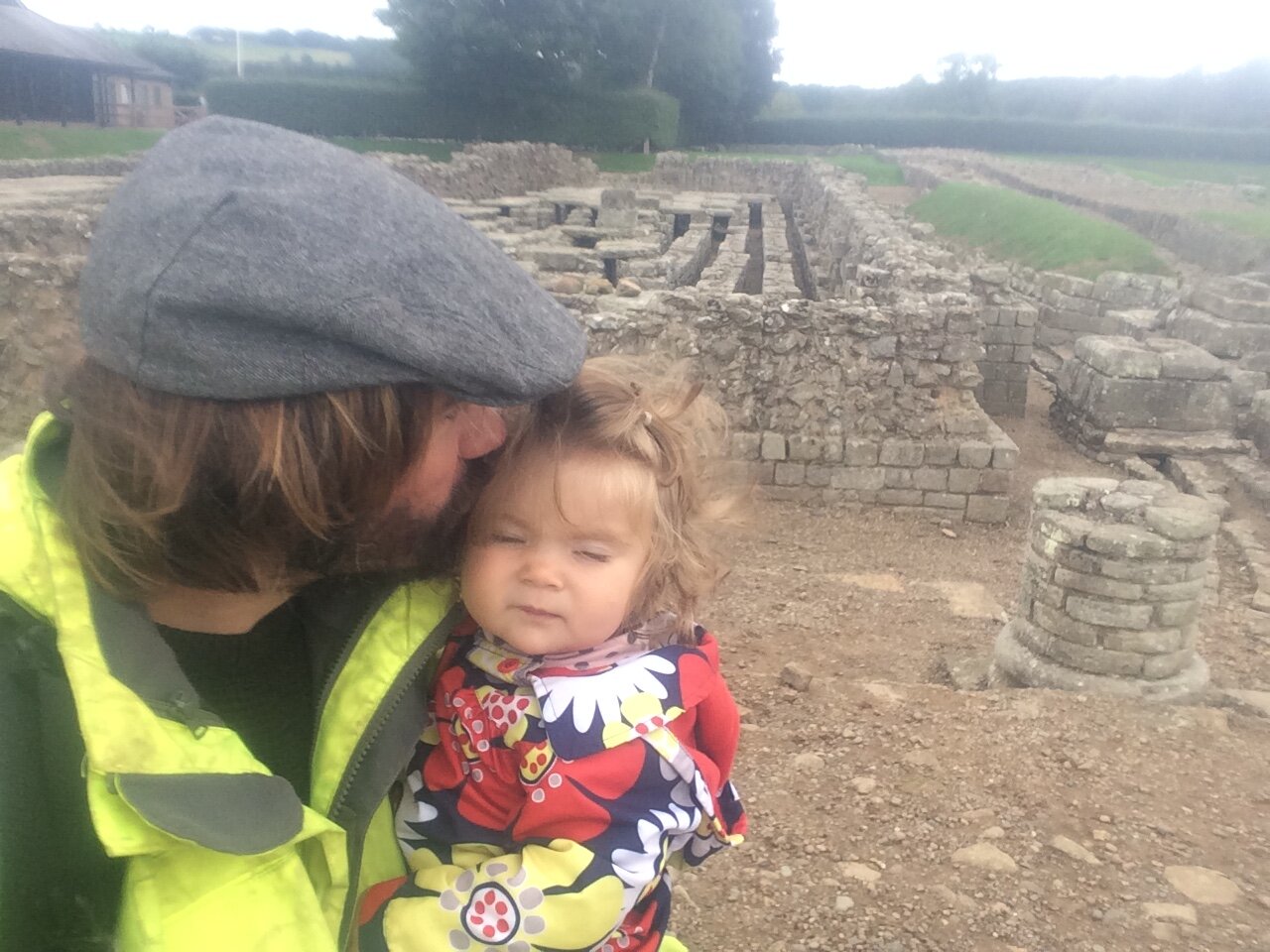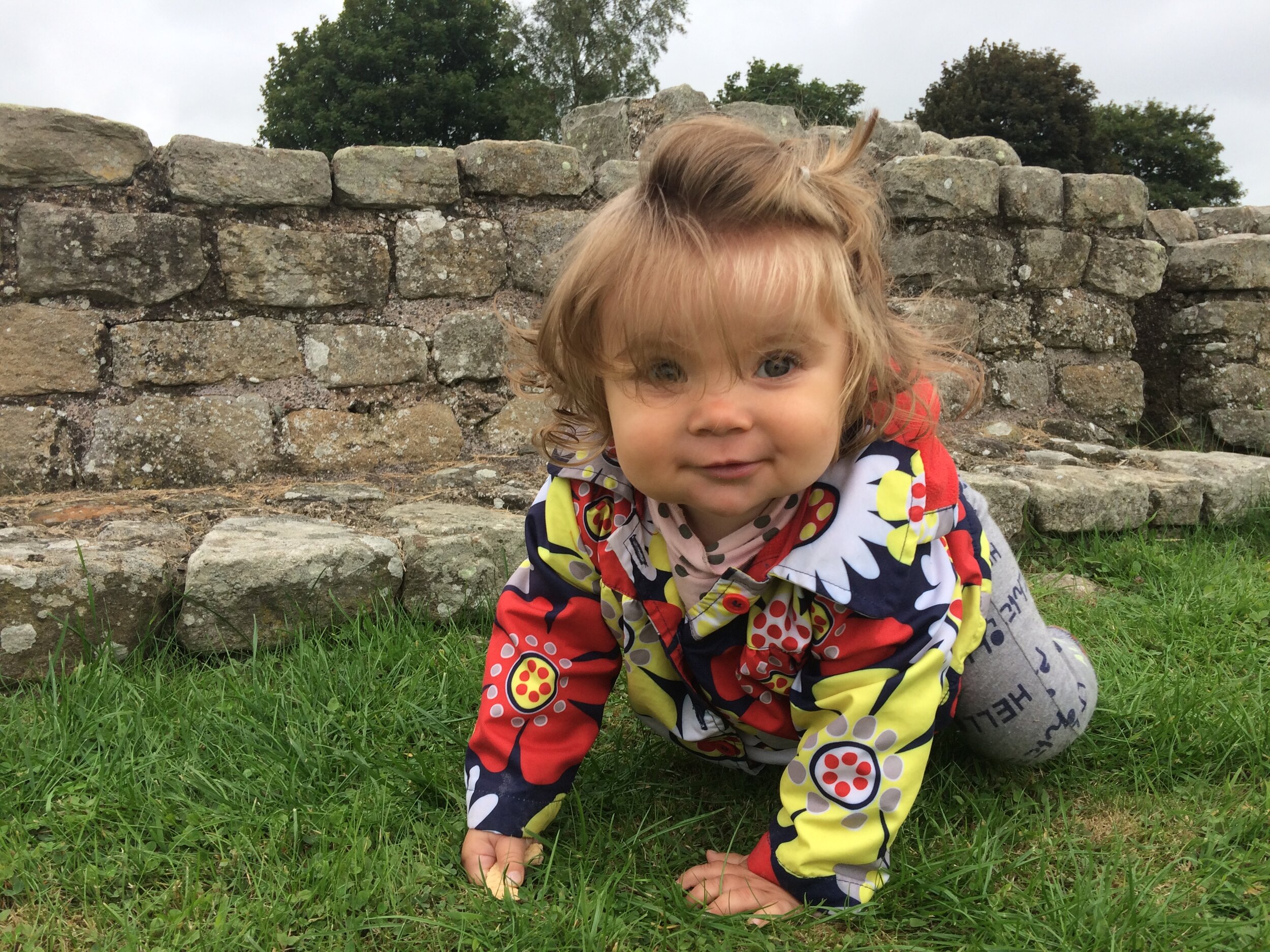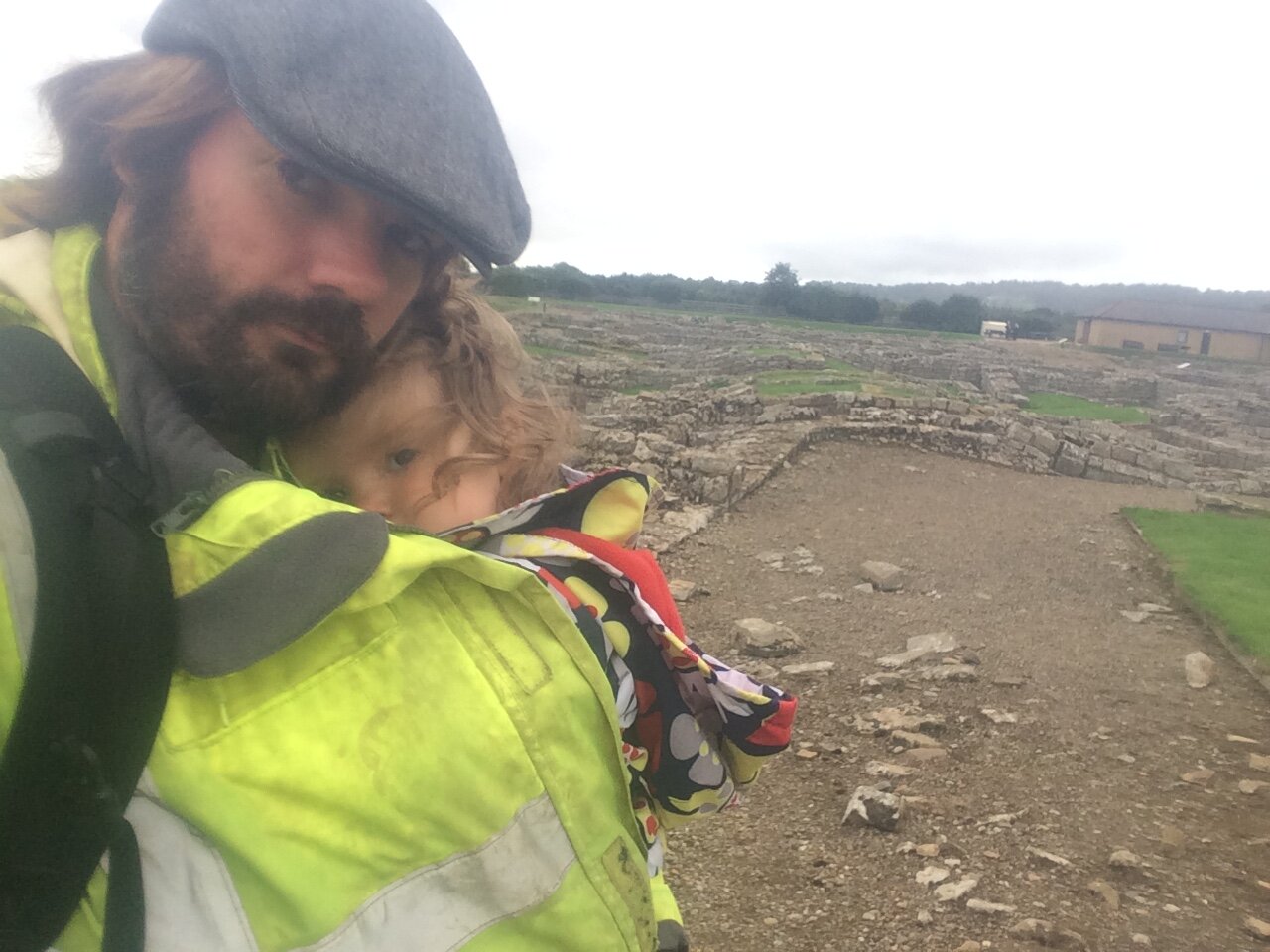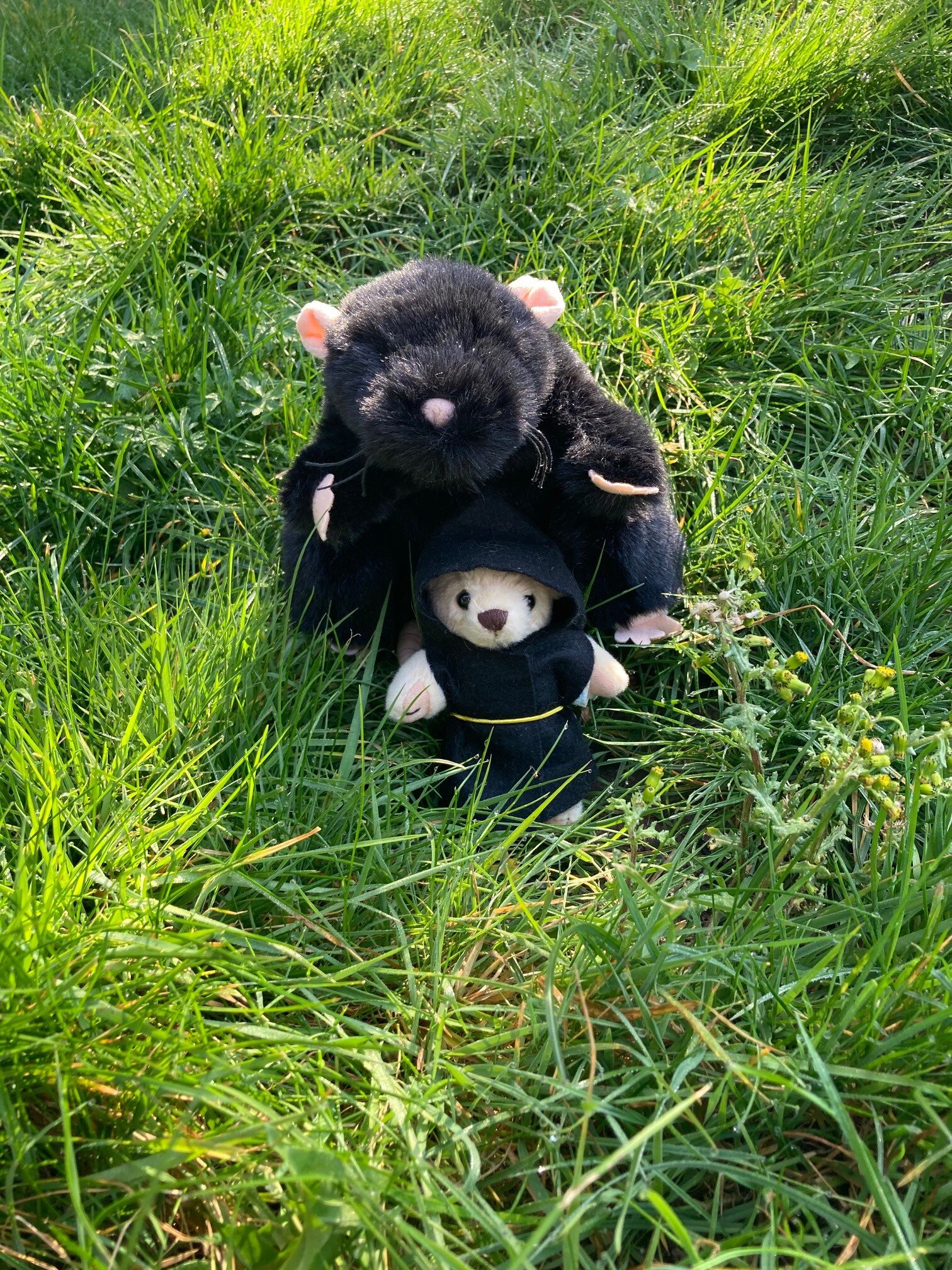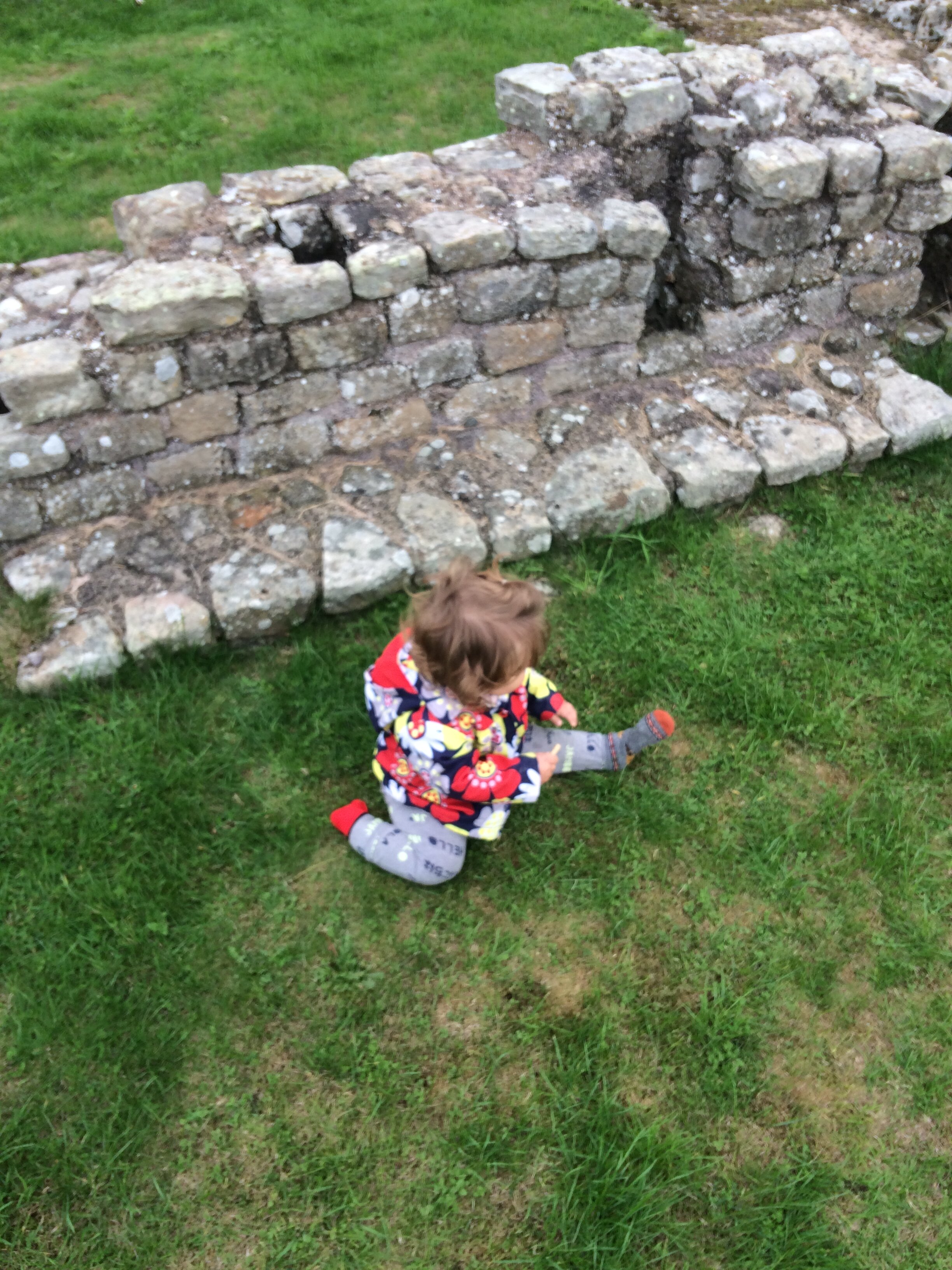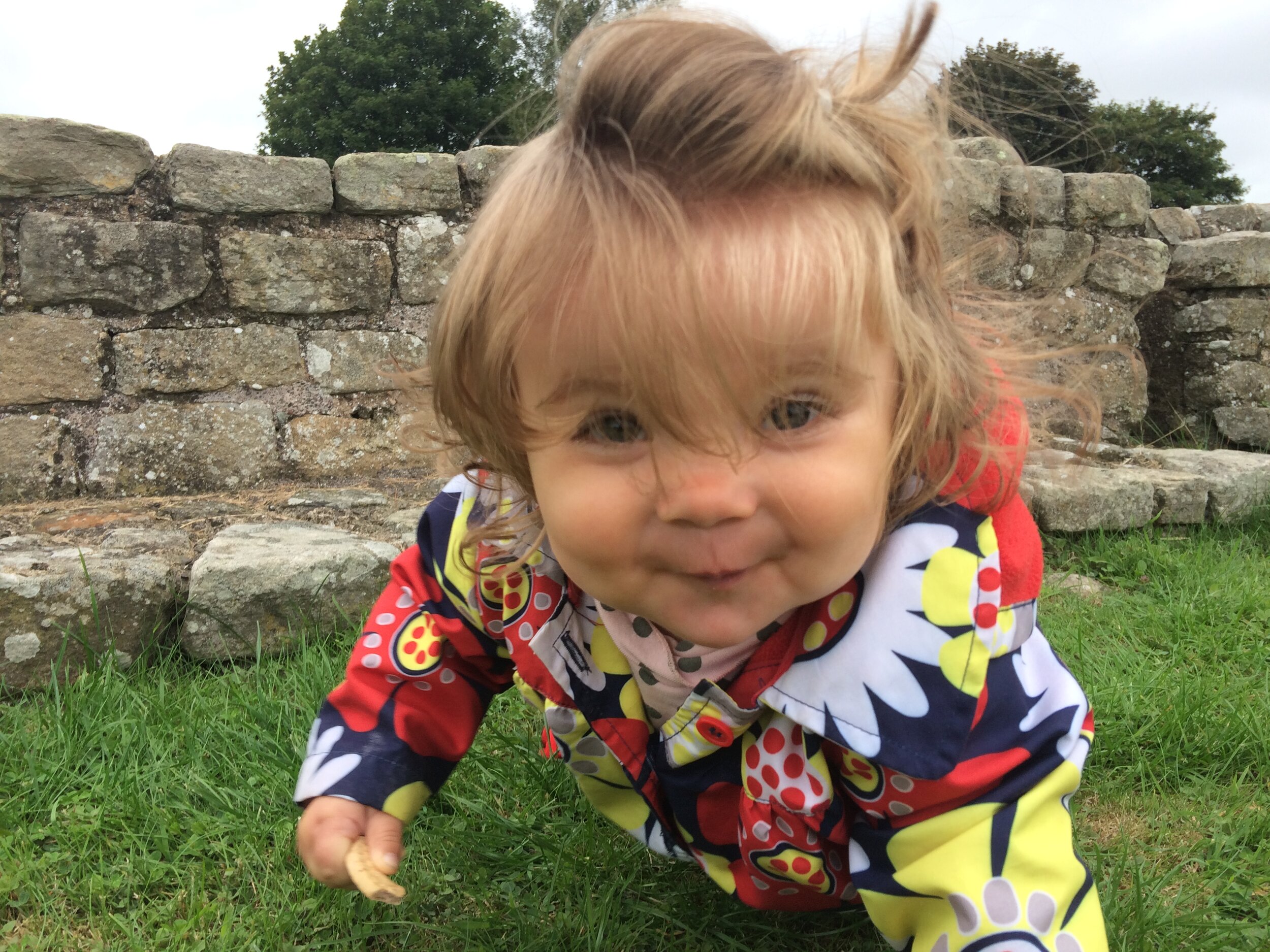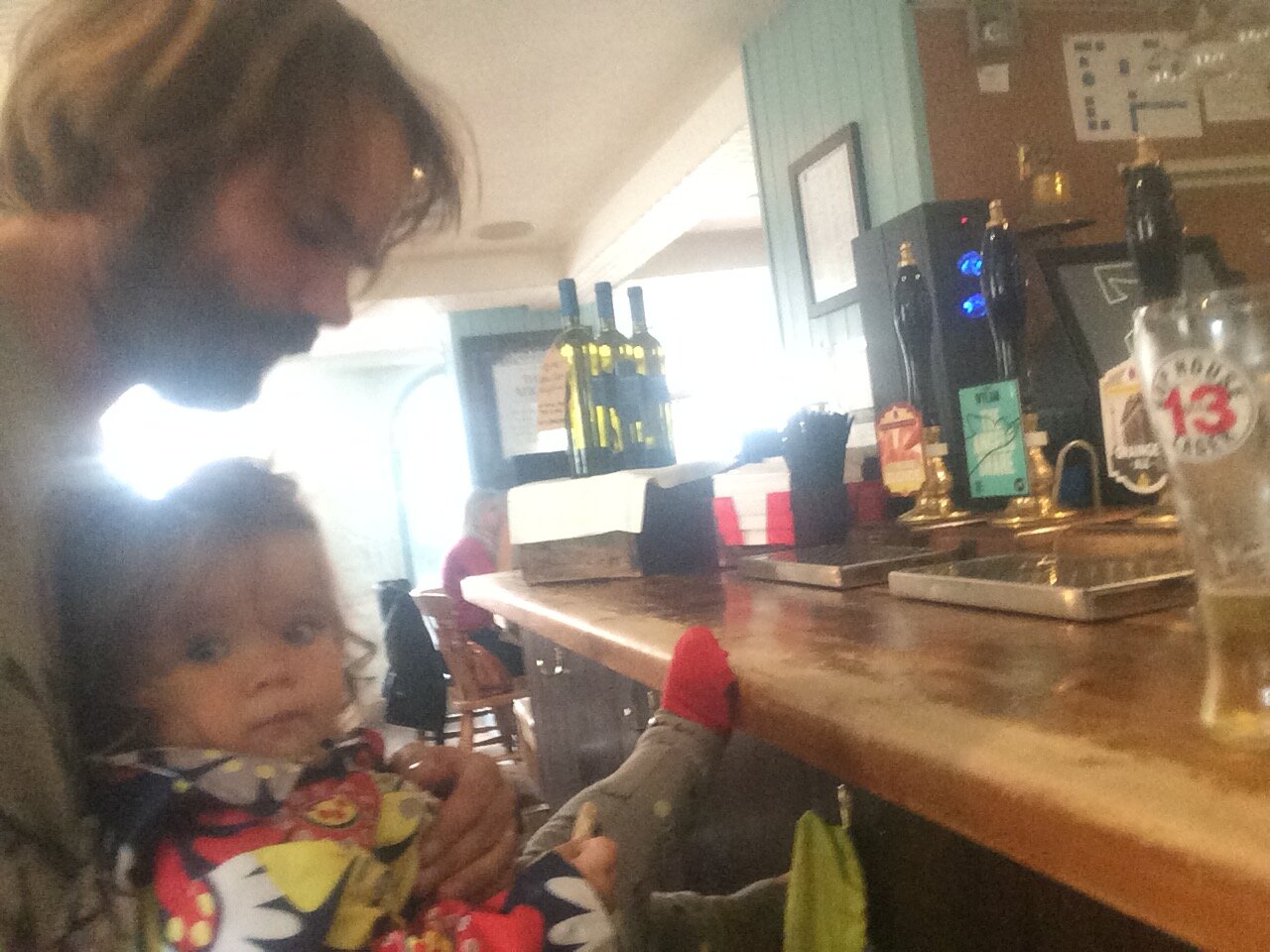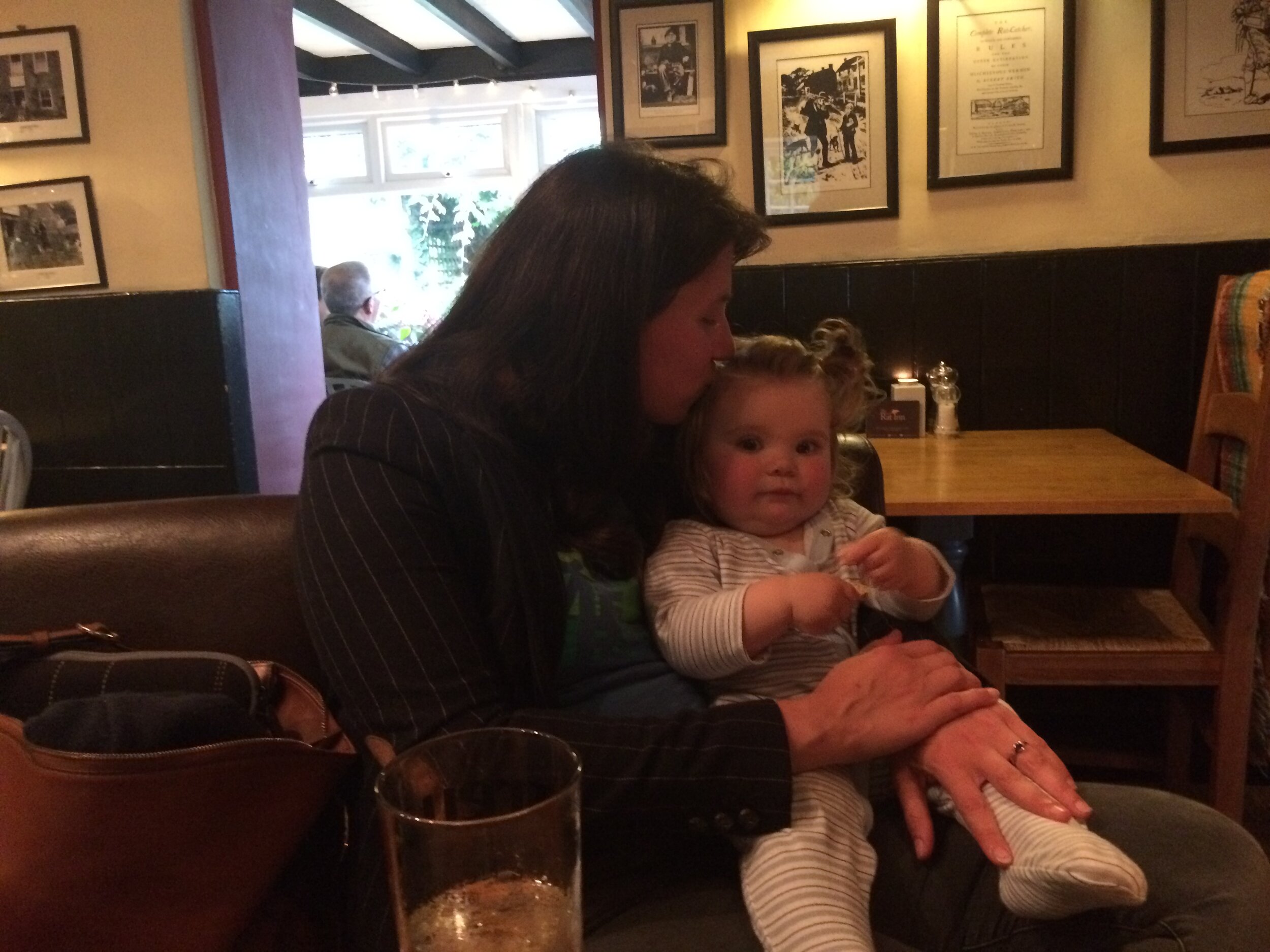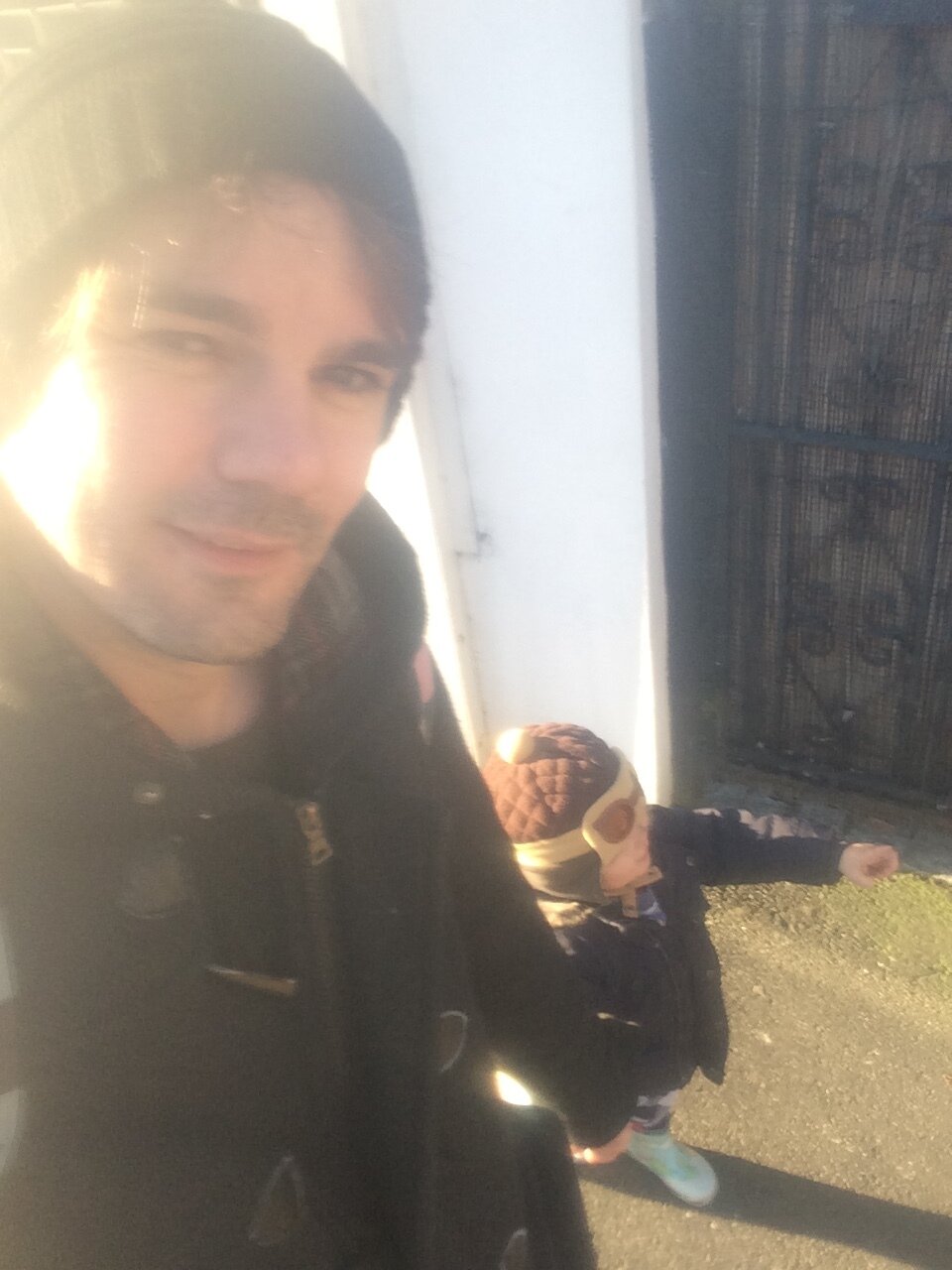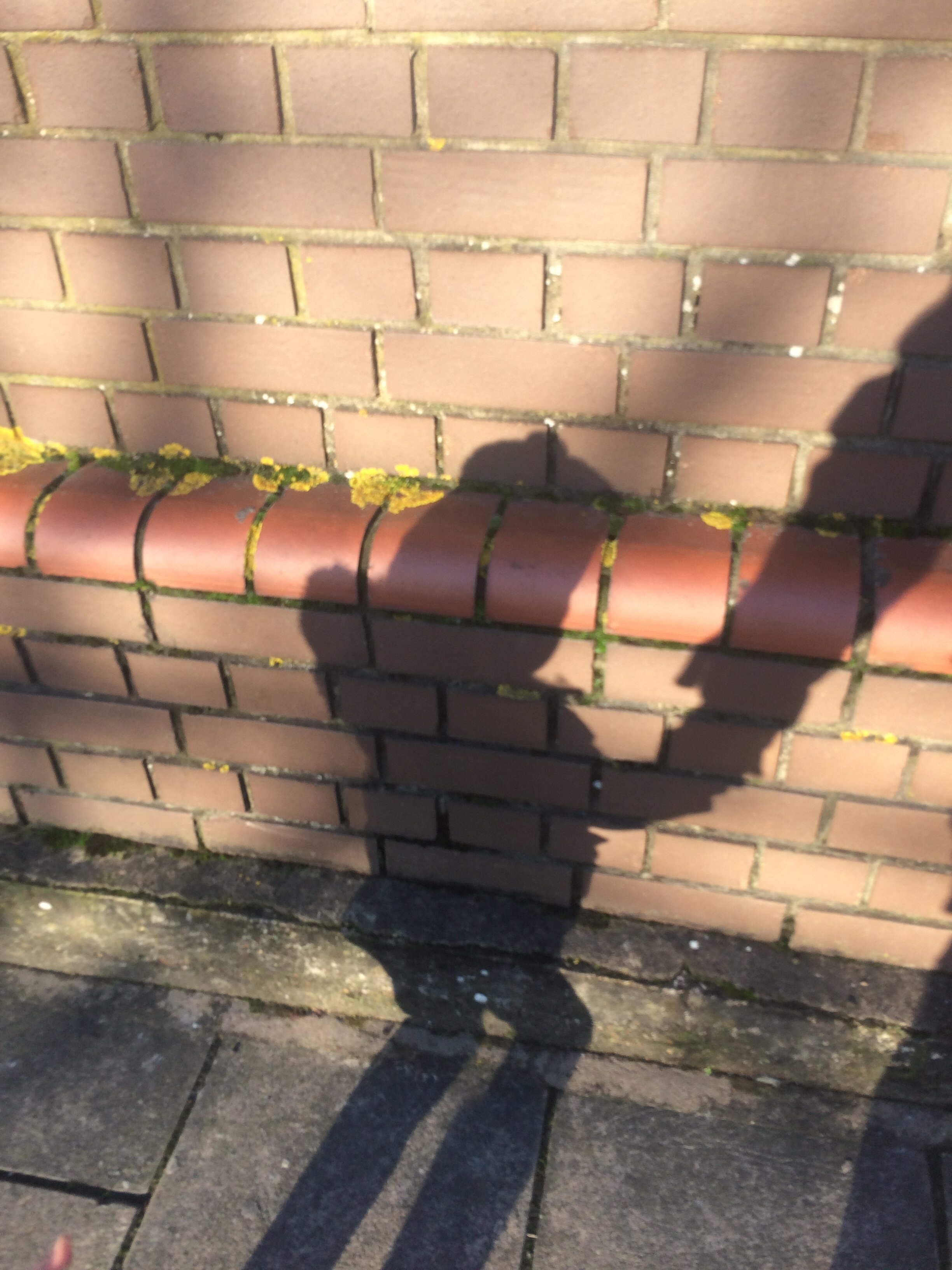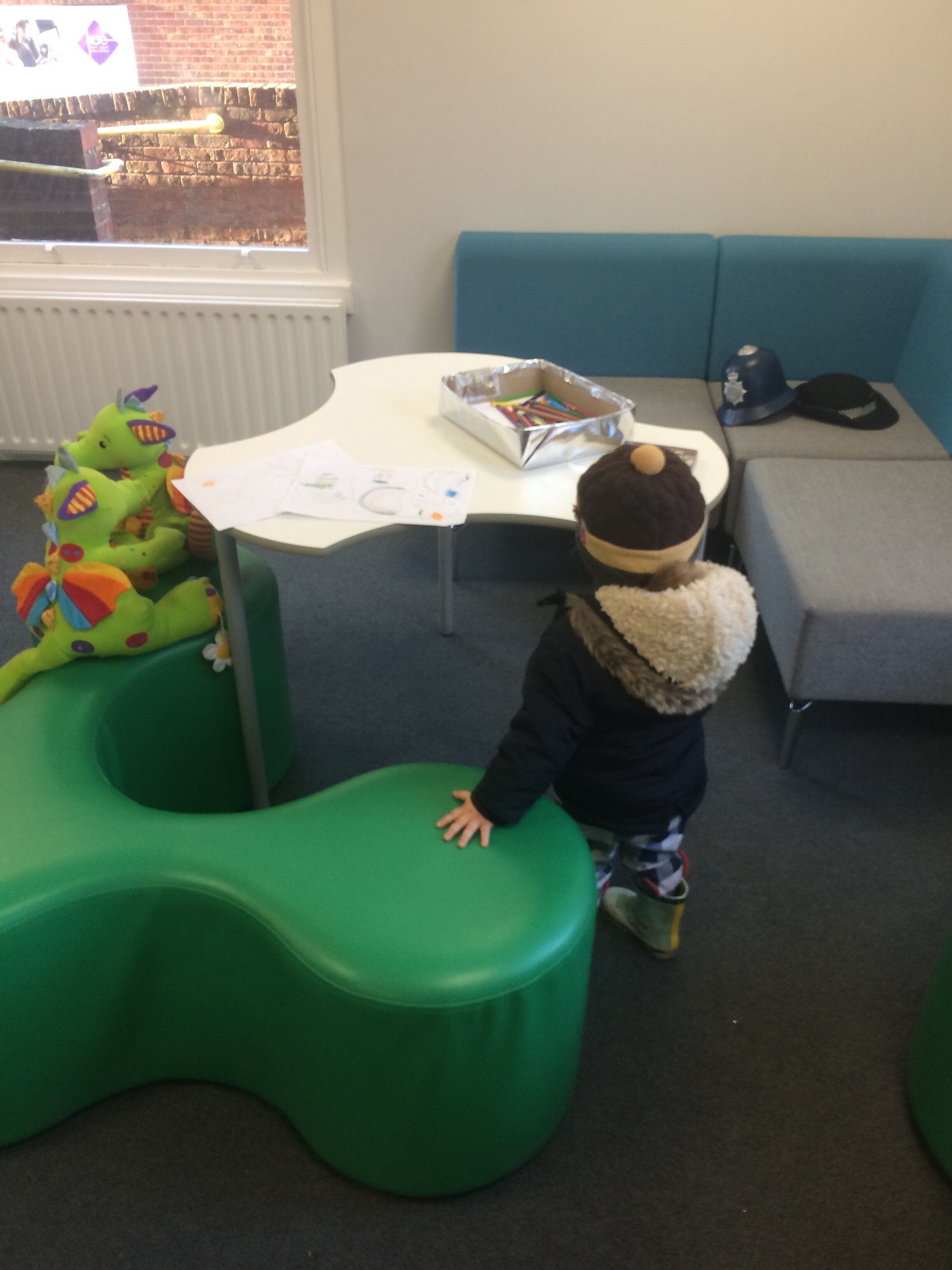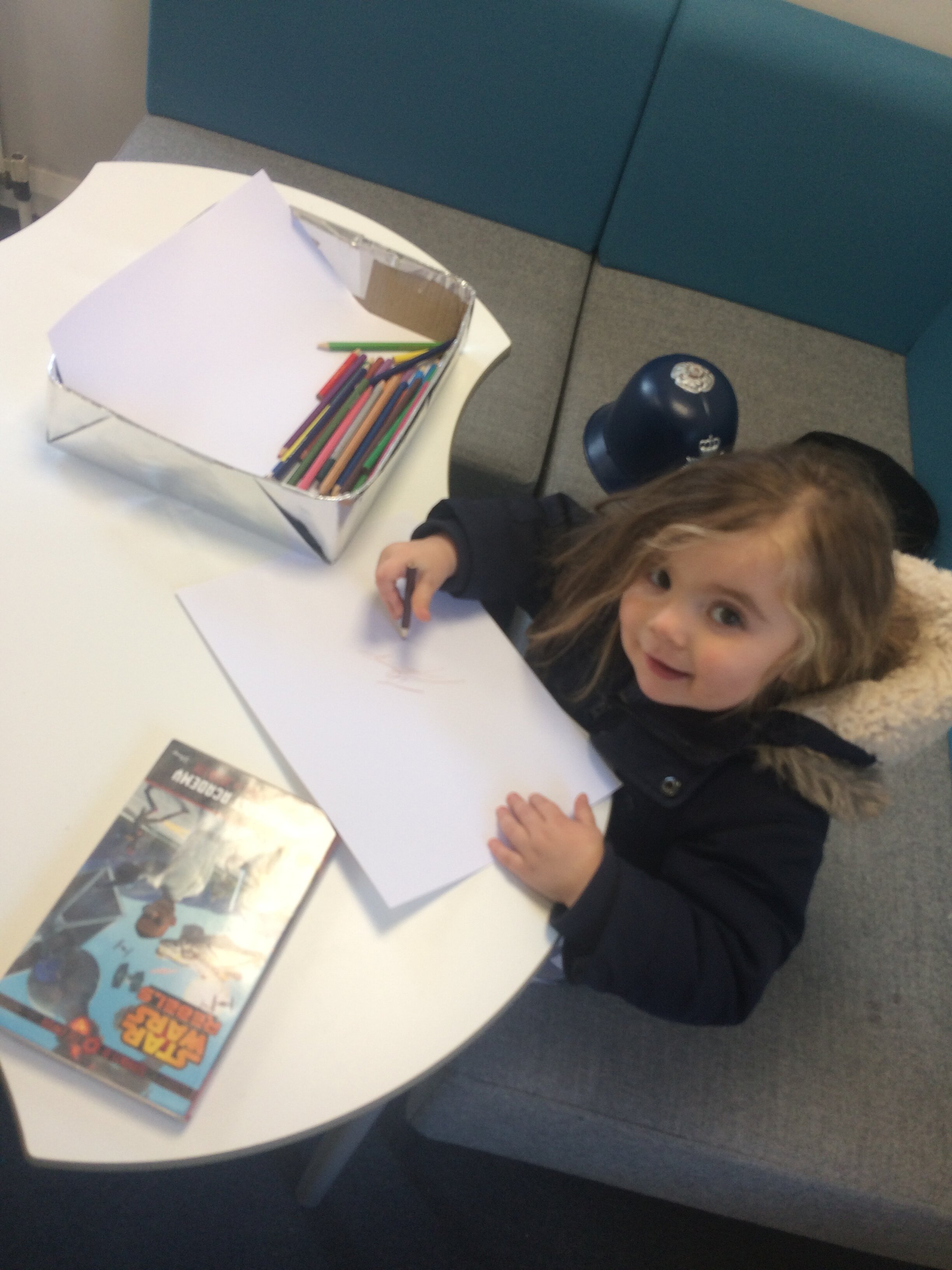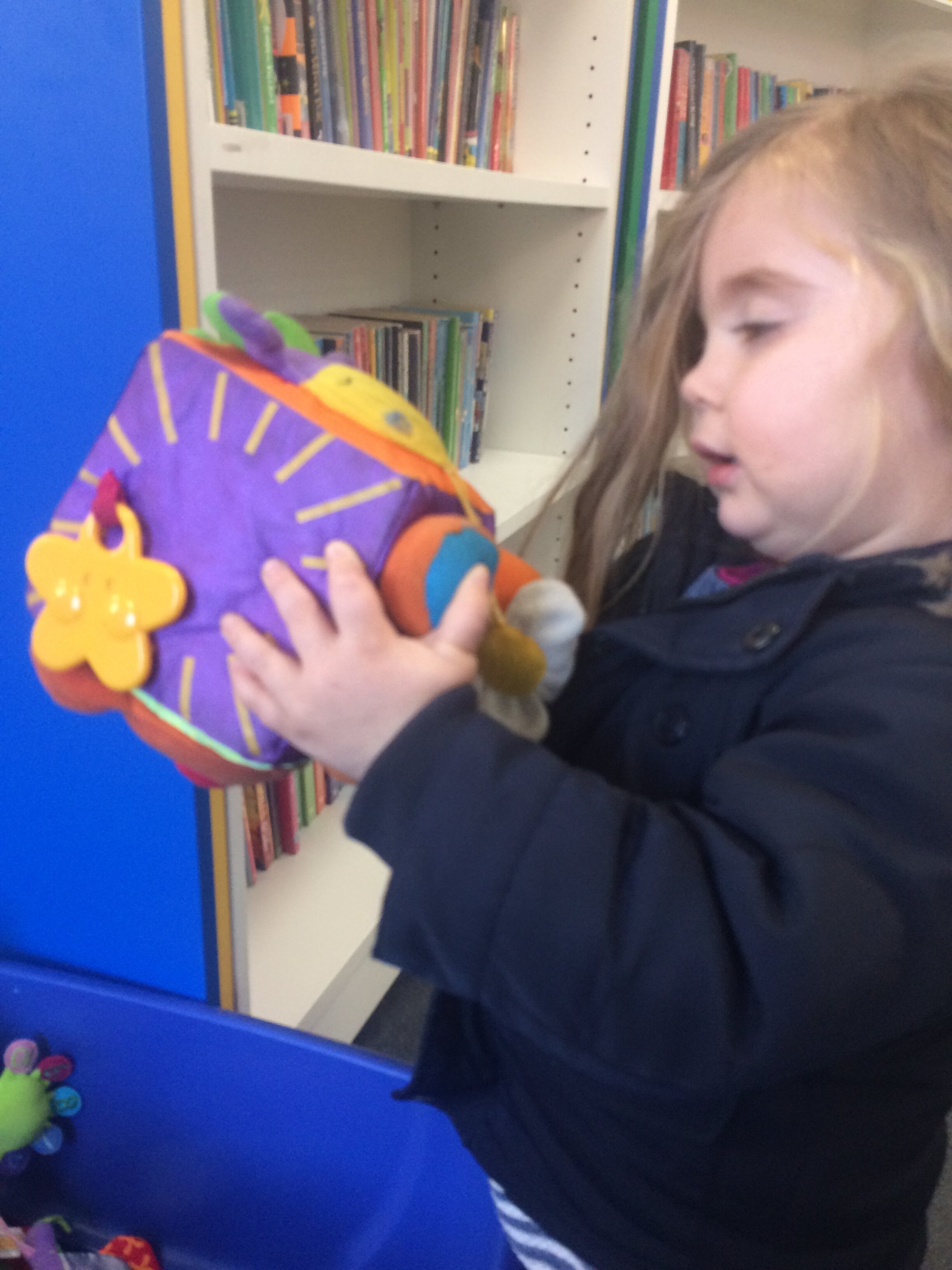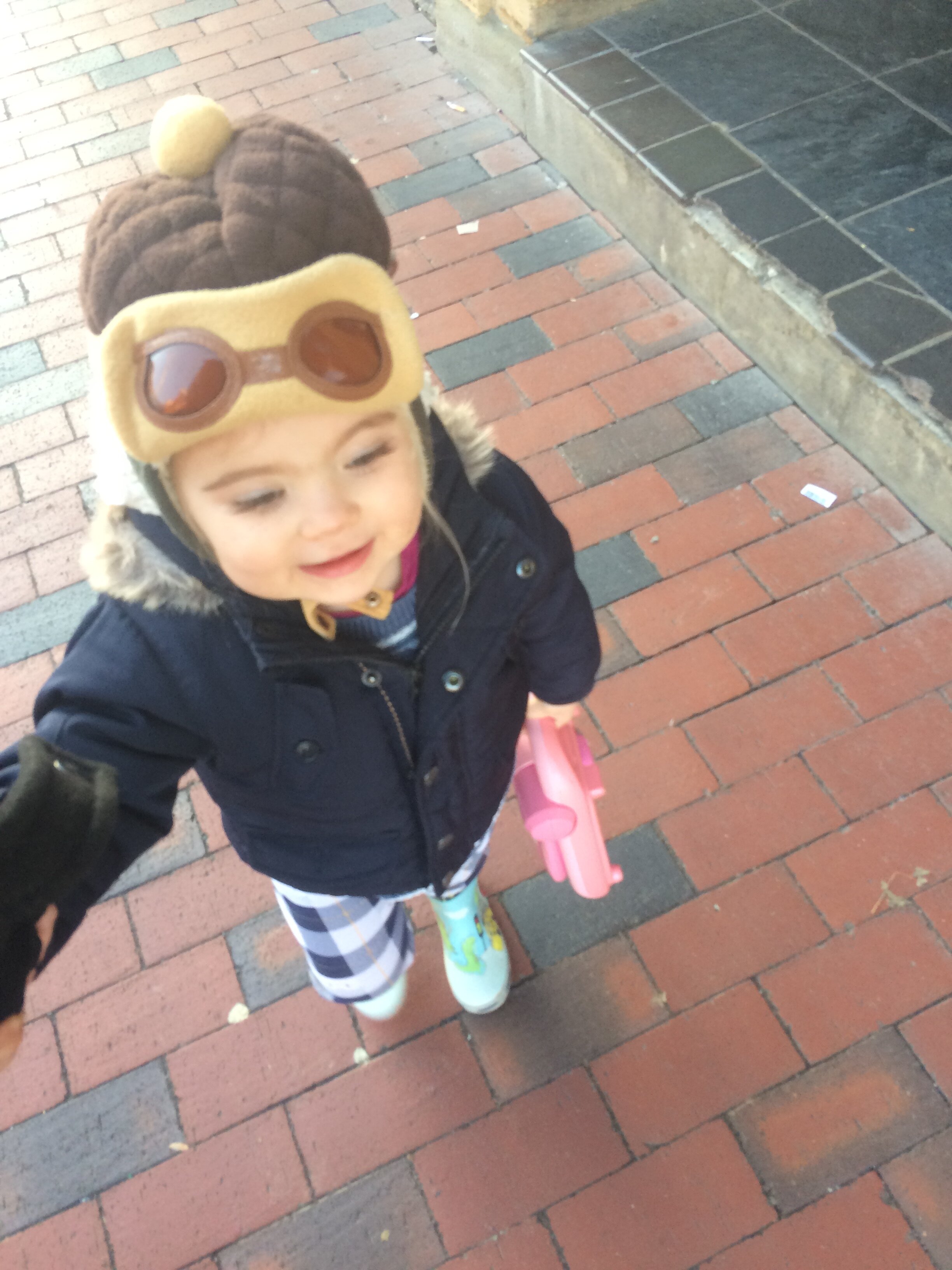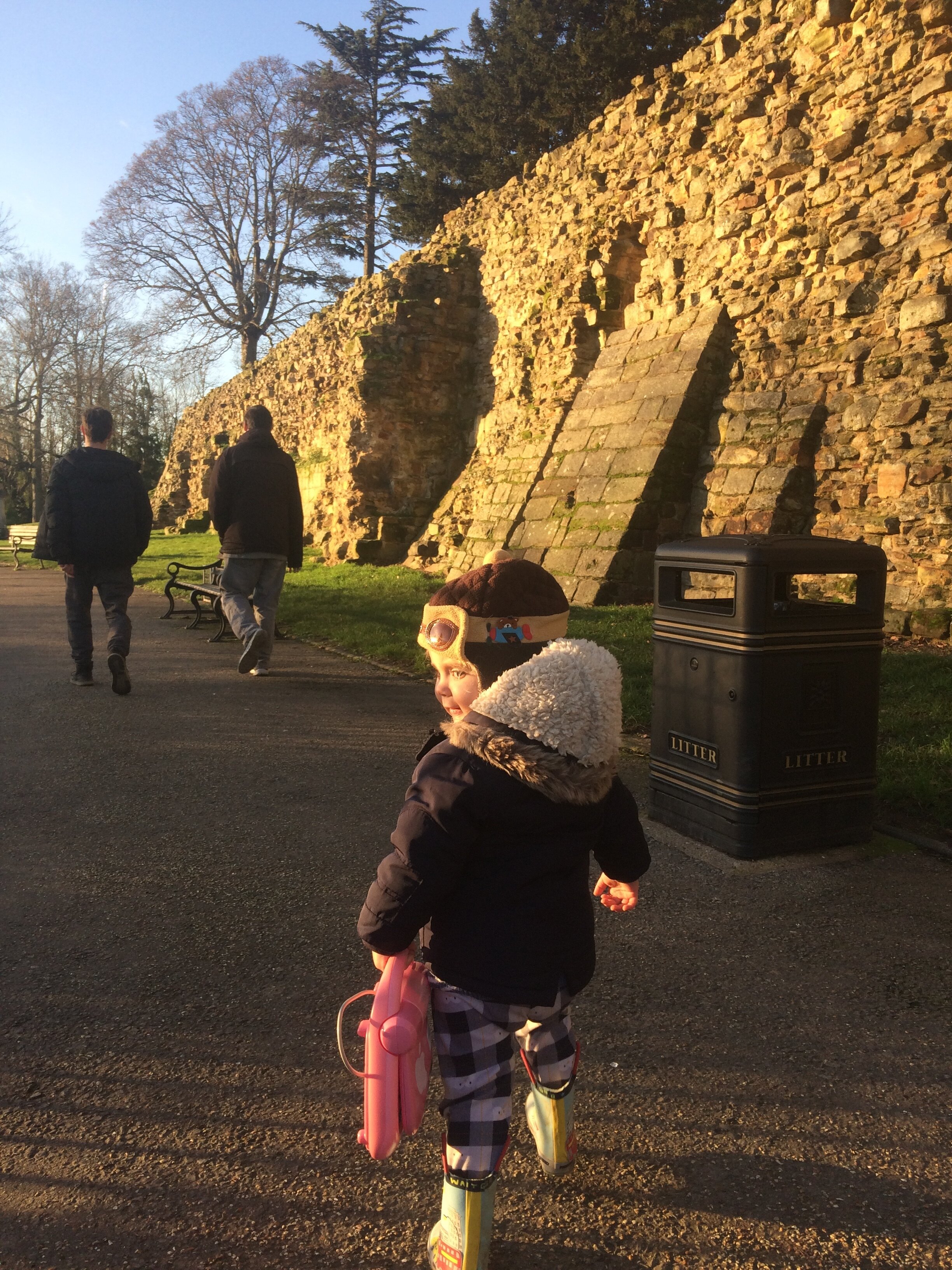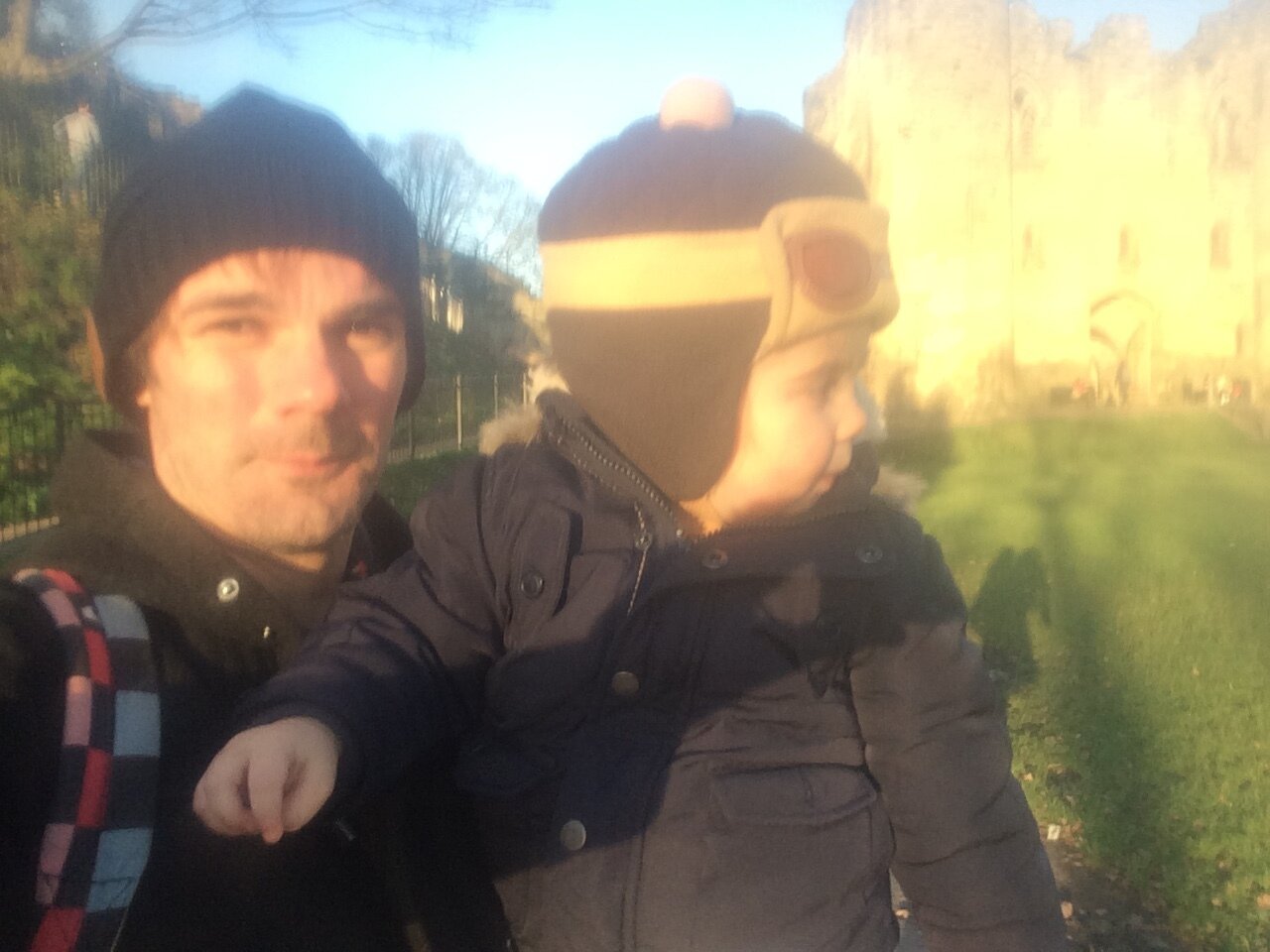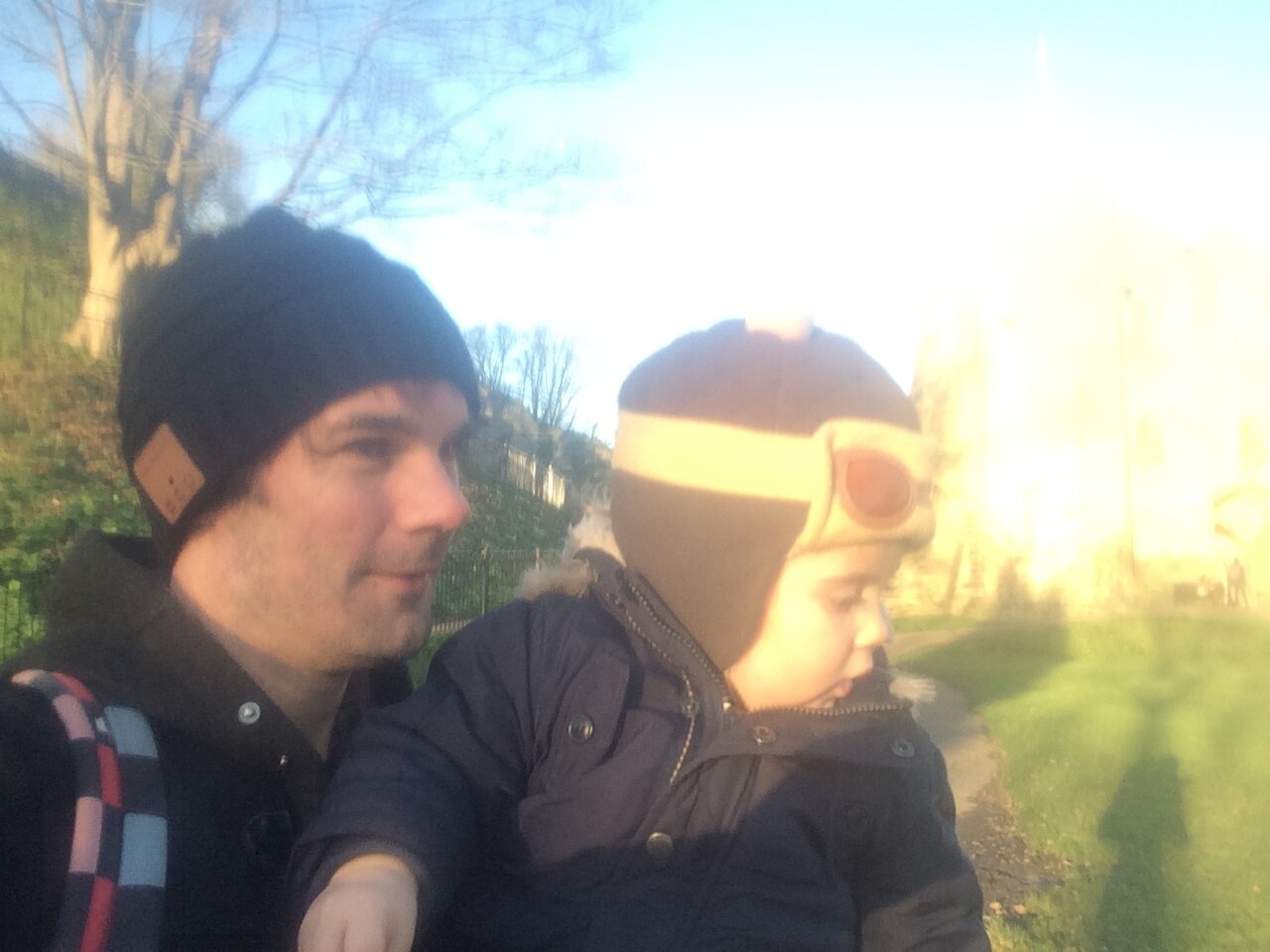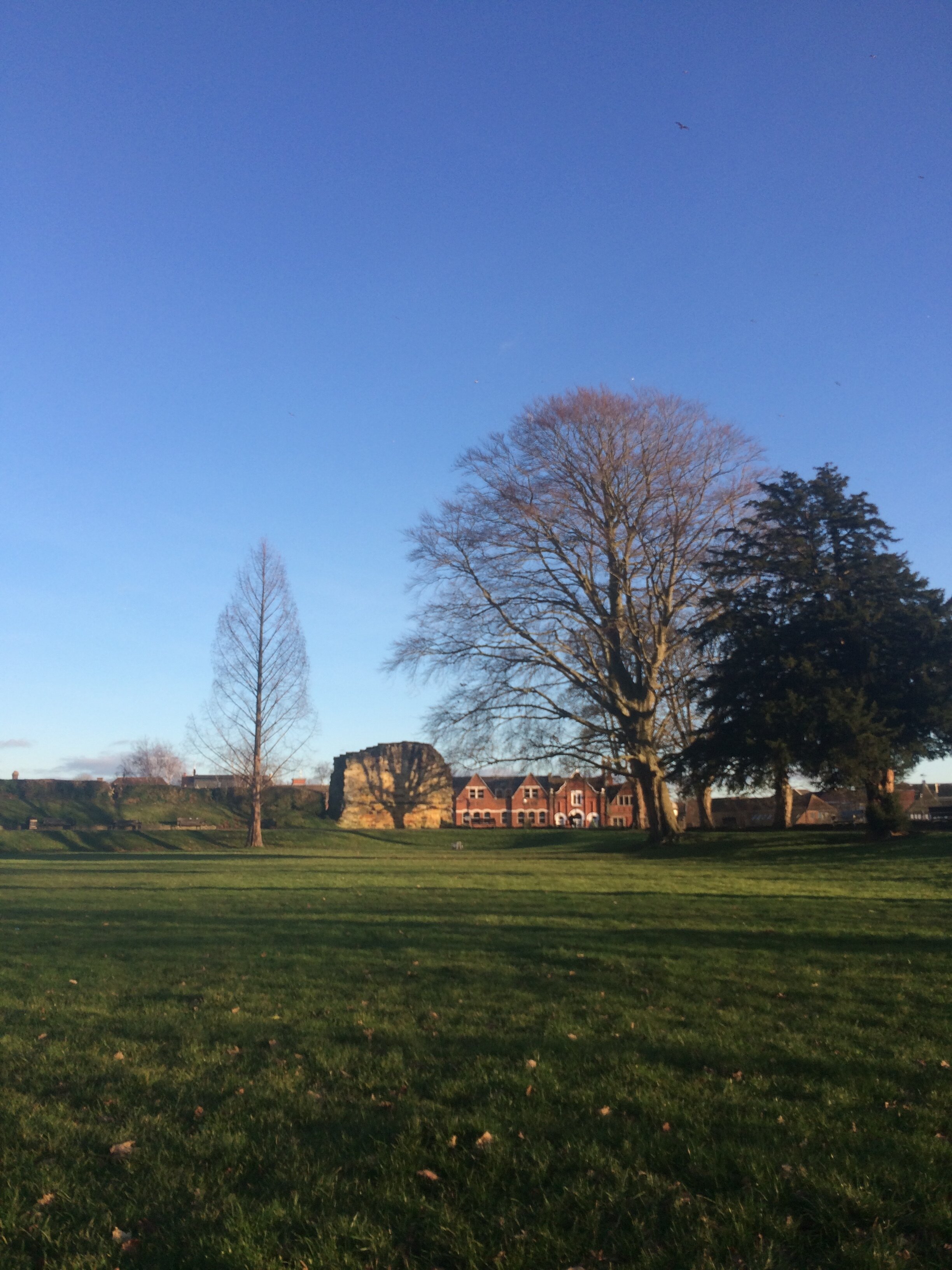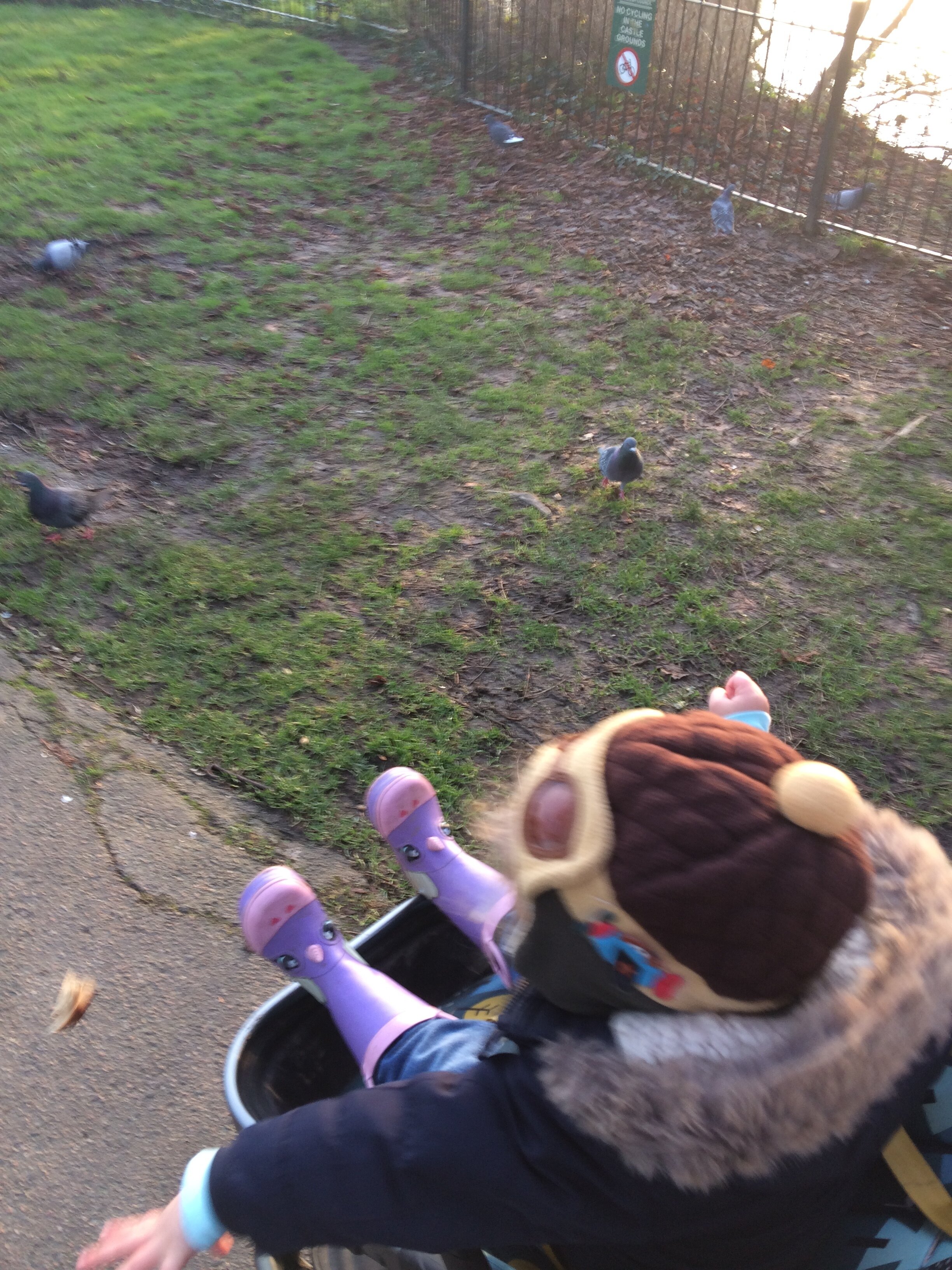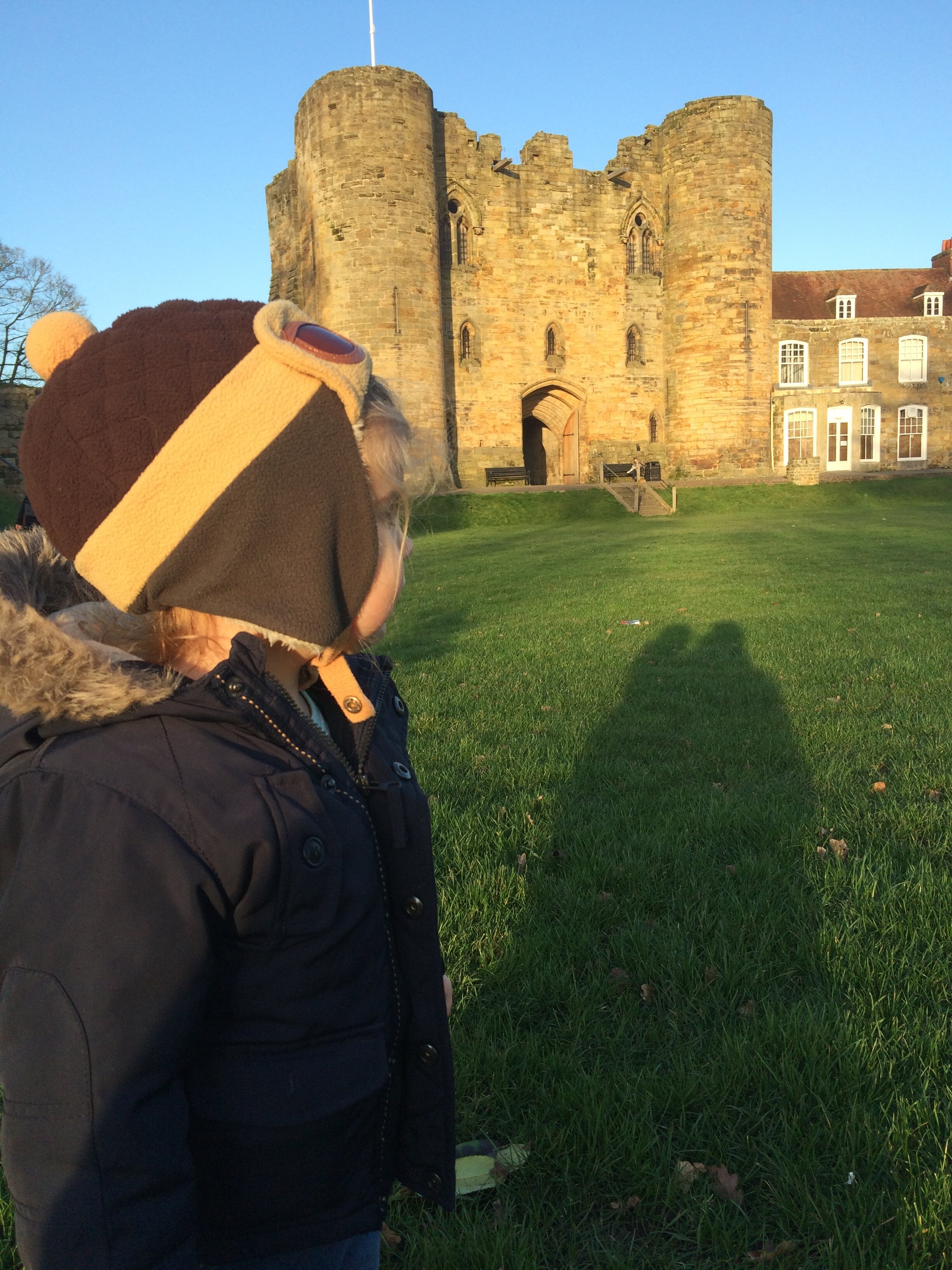5, 4, 3, 2... 1! We have ignition! The space rocket ‘red-tent’ lifts off and brave Captain Audrey prepares her motley crew for an unrivaled exploration beyond the limits of the known universe. To boldly go where no Archaeobeeb has gone before is the mission. Intelligence has indicated an incredible substance in realms unknown, perhaps capable of prolonging life itself! Who knows what dangers await? Who can tell what wonders may be witnessed?
...and who doesn’t love a good space adventure? Basking in the open expanse of the heavens, living with just a bag or two of necessary possessions, simple food, focused minds and enjoying our wild and wonderful galaxy firsthand?
Whilst it remains difficult to book any kind of travel across planet earth, space travel in our trusty ‘red-tent’ rocket is a perfect opportunity to escape. We have certainly fallen in love with the cosy shuttle over the last year, heading out to some stellar locations that we might have otherwise missed.
Our latest intergalactic adventure was a voyage to the peculiar planet of Pevensey. Nestled between the well-known solar systems of Eastbourne and Hastings, Pevensey is a little treasure, packed with a veritable universe of historical intrigue and impressive architecture.
Before we could fully engage in our objective, we needed to set up a base upon the far moon of Herstmonceux. It was uncharted territory. We were the very first humans to set foot on this unspoiled landscape, testing the untouched terrain on a wonderful patch of cosmic countryside. This was the first opportunity to challenge our understanding of the universe. Captain Audrey checked the atmosphere for safety and gave the order to go forth and explore.
Herstmonceux is a tantalising treat for any budding intergalactic adventurer. During the Neolithic period, the ocean reached much further inland than today. Evidence of activity has been recorded all along this ancient coastline. An abundance of flint tools have been discovered in and around what would have been rich coastal woodland. During the immediate pre-Roman period, the elevated area became an important burial ground and perhaps ritual centre, with a number of cremation burials in Roman-style urns unearthed.
Over time the location became the estate of a prominent Anglo Saxon family, (hyrst being Anglo Saxon for a wooded hill) it was transferred to Drogo De Monceux, a great-grandson of William the Conqueror, following the Norman Invasion of England. Drogo’s son, Ingleram, married Idonea De Herst and so the Herstmonceux line was born.
Herstmonceux Castle was extended from a manor house in 1441 by Sir Roger Fiennes, a descendant of the Herstmonceux’s, who had fought alongside King Henry V at Agincourt and later became treasurer of the household of King Henry VI. The castle passed through the family, along with titles old and new, until Thomas Fiennes, 9th Baron Dacre, inherited the lands in the 1530s. Thomas appears to have been quite the gangster and led a poaching escapade into a rival’s territory which ended in the murder of a gamekeeper. Thomas Fiennes was found guilty of the murder, led from a cell in the Tower of London to a noose at Tyburn, where he was hanged for his crime.
The estates were confiscated by Henry VIII but would later be reinstated by Queen Elizabeth and remained in the family until the early 18th century, when another Thomas, Lord Dacre, blew his family fortune on over extravagant indulgences and gambling and was forced to sell the property. The castle fell into disrepair and was gutted to create a ruinous gothic folly for aesthetic tourism purposes. It wasn’t until the 20th century when the castle was renovated and gradually restored to its current magnificence.
We set out on a mini-expedition to secure the base, forage, and explore. The castle was heavily fortified and well prepared for space invaders, yet we managed to gain access through its imposing gateways and into the alien architecture beyond. The gardens were spectacular and the vast array of stunning extraterrestrial species was a thing to behold, a cacophony of colour exploding in all directions. Captain Audrey took the lead, guiding us past perilous moonstruck mazes, around hostile alien creatures, and through tricky exotic terrain. We made our way into a gloomy wooded area, with strange gravity-less mechanisms and unusual pyramid structures dotted throughout the undergrowth, evidence of intelligent life perhaps, certainly it gave us the confidence we were on the right track.
Then we spied it, a huge intergalactic control centre on the peak of the imposing hill, with futuristic garden green domes penetrating the lush canopy of dense woodland that had disguised it so well until now. Surely this was the great eye in the sky? Surely this was the security required to protect something special?
Carefully hacking into the mainframe computers, we learned the unique history of these enormous space pimples. As the city of London expanded, and false light encroached upon the Royal Observatory at Greenwich, a new location was required for the astronomical scientific equipment. Herstmonceux was chosen thanks to its remote hilltop location and in 1958 the work was completed, with its green, telescope housing domes dominating the skyline. The Royal Greenwich Observatory Herstmonceux no longer functions as it was originally designed. The complex is now a centre for space and science education and the phenomenal telescopes were dismantled and relocated to the Canary Islands. Yet it was once the pinnacle of scientific space exploration.
Being careful not to be discovered by the great eye in the sky, we found supplies, investigated a number of anomalies, some further bizarre constructions, and a wild unusual alien life form. With our reports complete, Captain Audrey directed us onwards to complete our primary mission. It was time to blast off to Planet Pevensey.
The name Pevensey comes from the Anglo Saxon personal name of Pefen, along with ea meaning river, and so River of Pefen. The most dominant architectural feature of this ancient town is its spectacular Shore Fort. Constructed in the 290’s AD, the fort protected the Roman populous from increasing barbarian raids of the Saxons and Jutes. It was at Pevensey that William the Conqueror landed his invasion troops in 1066. The incredible defensive Shore Fort was strengthened following the invasion and a castle was built within the walls. Robert, Count of Mortain, half brother of William, built upon these defenses, and much of that original stonework remains today, despite multiple attempts to demolish the fortress throughout the years. It even became a prison for some time, with James I of Scotland amongst its most famous prisoners, such was the impenetrable nature of its defences.
Captain Audrey cautiously directed us through the ancient battlements. She was certain that such a defensive structure was key to the mystery of this perplexing planet. We followed through the high stone walls, intricately arching above us with an ominous presence, built to inflict an awe-inspiring terror. The blazing sun beat down upon us, such a heat emitted from that spectacular star, we were forced to don our most protective apparel. Having scouted the structure, we were strangely lured towards a wide expanse of gleaming gold and blue in the distance.
Was this it, the substance we had traversed the heavens to discover, the life rejuvenating wonder, hidden in an alien landscape, the treasure our fearless and fantastic Captain had so keenly sought?
Audrey led the way, the golden band spread before us, a billion tiny golden brown bulges from horizon to horizon and beyond it... blue, endless perfect gleaming blue.
We landed our small search craft and set up a makeshift base in a defendable position. Our experiments would require a certain amount of time and careful consideration. Captain Audrey set us to work and immediately made for the beautiful blue. It was all we had dreamed it would be. New life pulsated through our veins as the refreshing liquid consumed our baking bodies. Bramble relished the cool freedom it furnished, despite being somewhat unsure of what lay beneath! Perhaps it was in the name all along, the River of Pefens, emptying its eternal treasures into the oceans beyond. Our mission had been a success. Our exploration had revealed otherworldly wonders. It was time to head back to our moon base of Herstmonceux.
As we prepared for our final flight through the galaxy, the closest bright blazing star fell beyond the line of gently swaying trees and a billion balls of fire sketched a vast complex pattern on the inky black curtain above. Swirling clusters of light illustrated all manner of heavenly bodies. The flame of our ‘red-tent’ rocket ship warmed our weary bodies, and as we gazed into the eternal endless night, a shower of lights swooped across the sky like the tip of a conductor’s baton, a stunning symphony of wondrous wandering stars.
Tomorrow we would fly for earth, but for tonight, with beer, blankets, the Perseid meteors and loved ones close by, we were truly amongst the gods.









































































